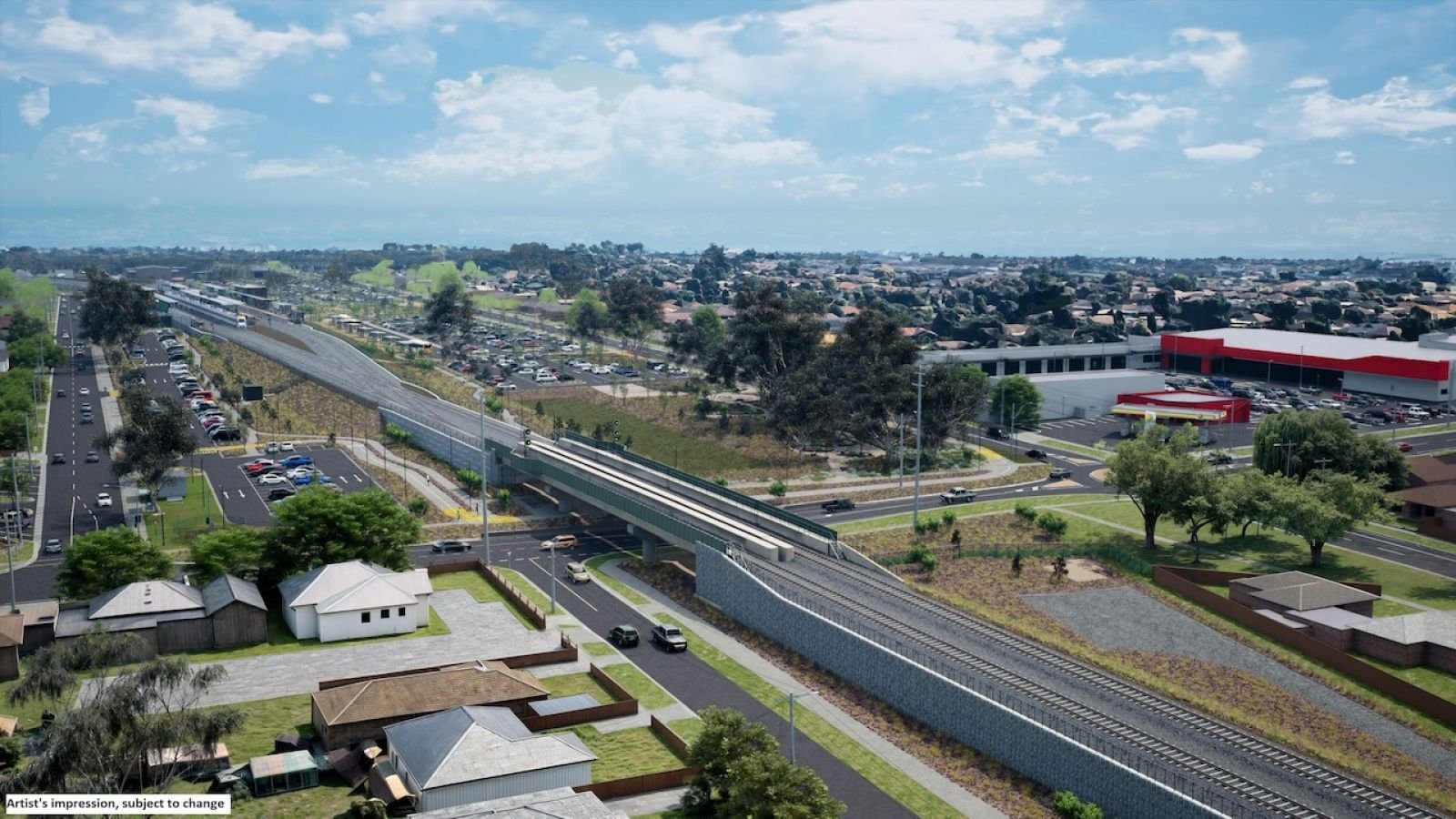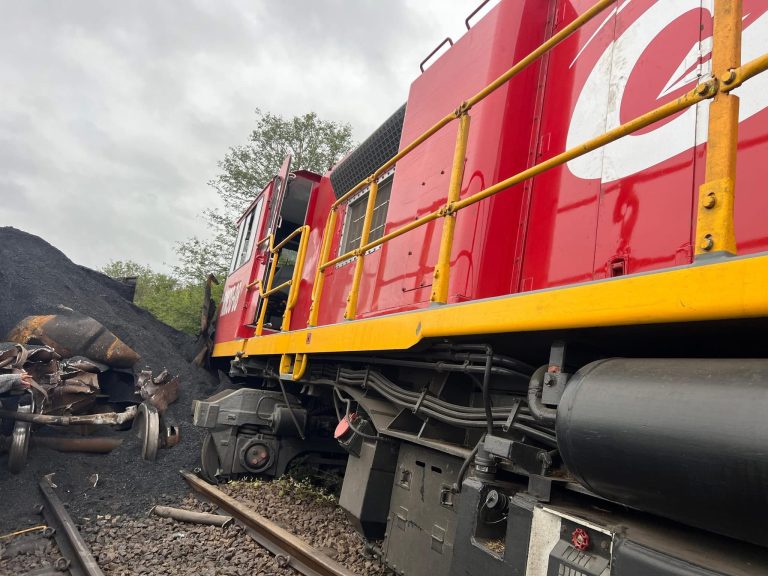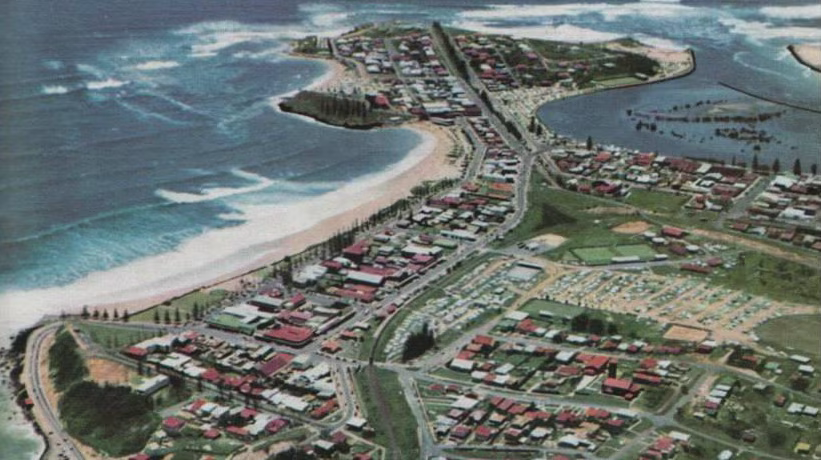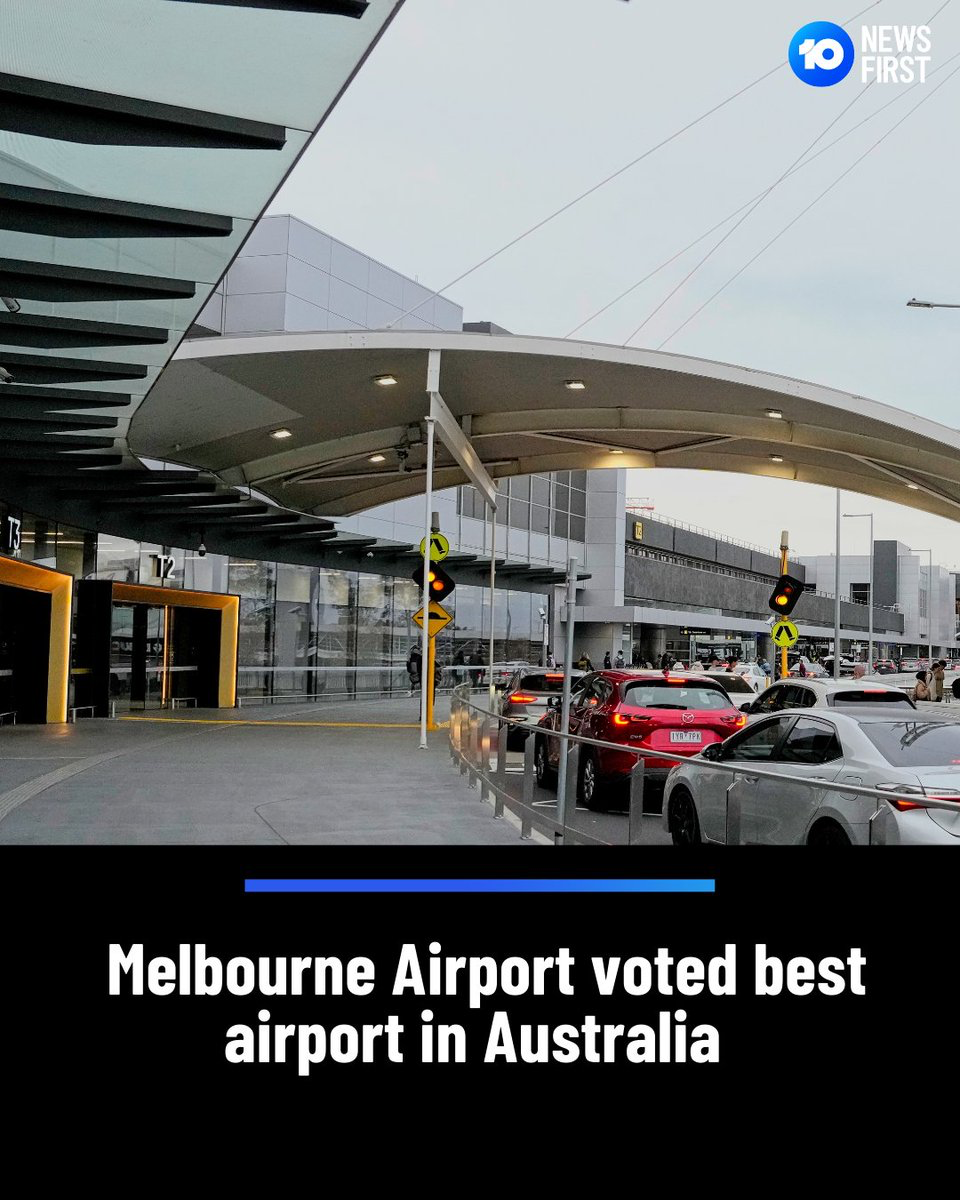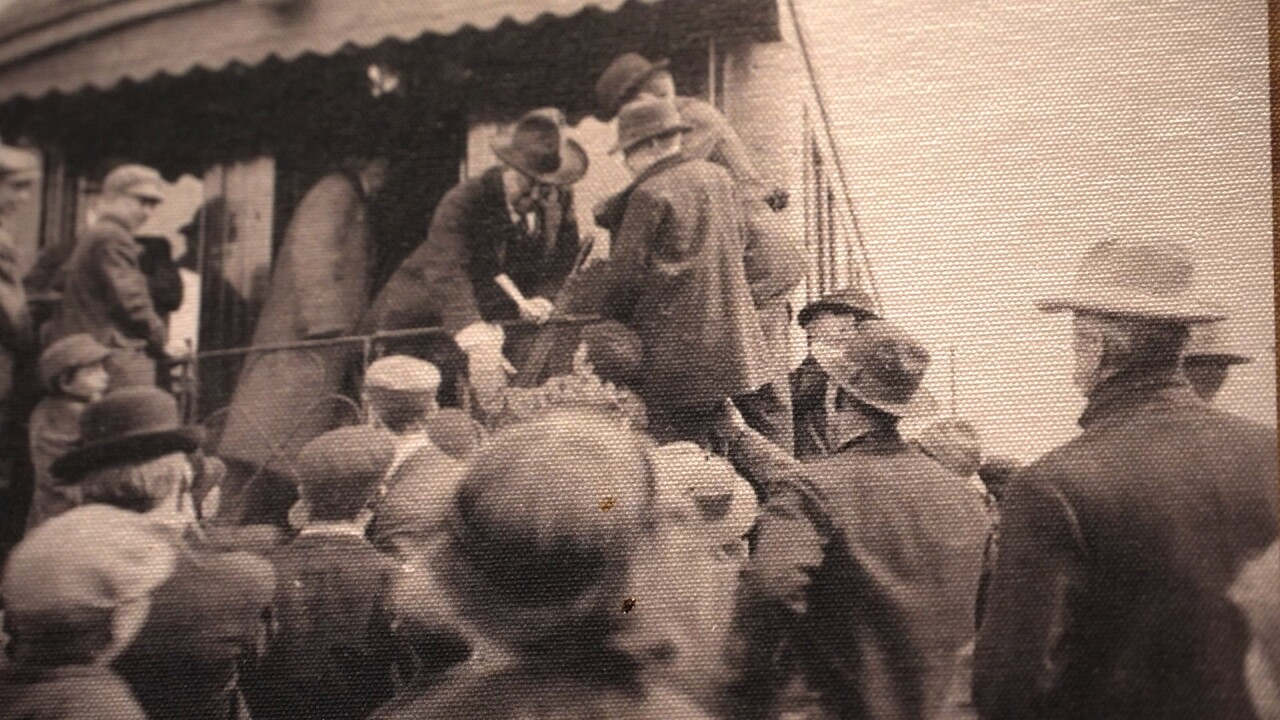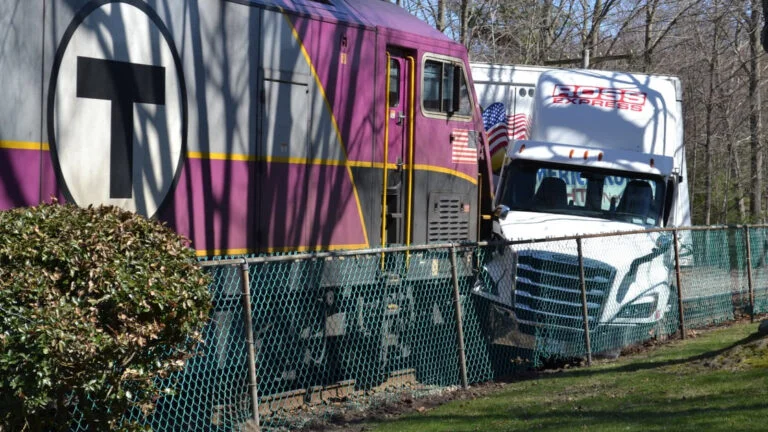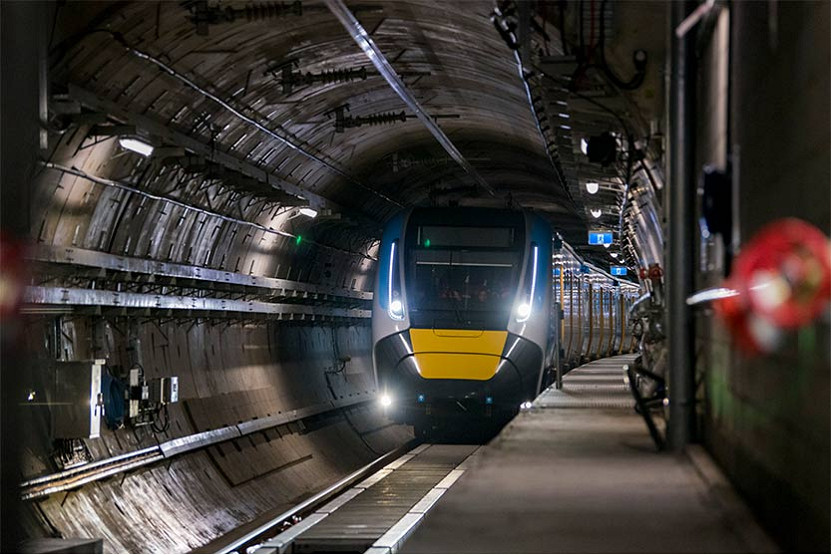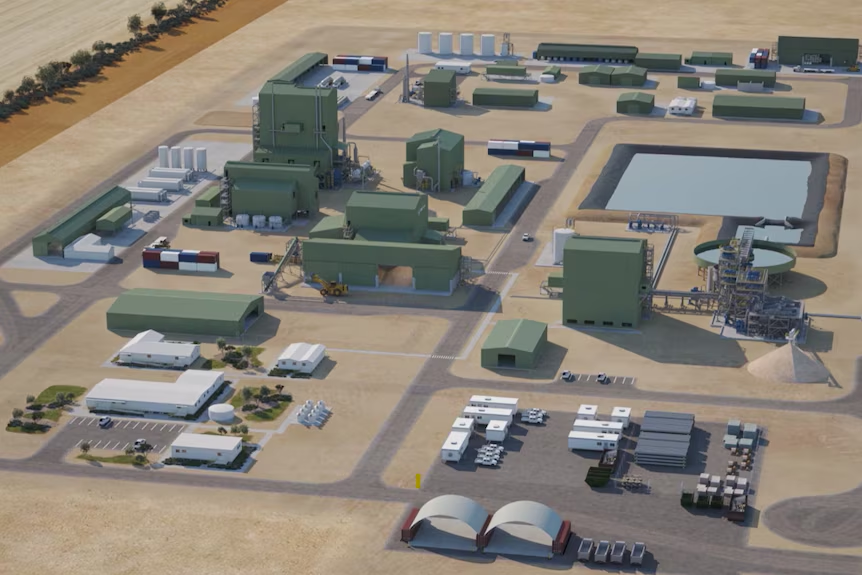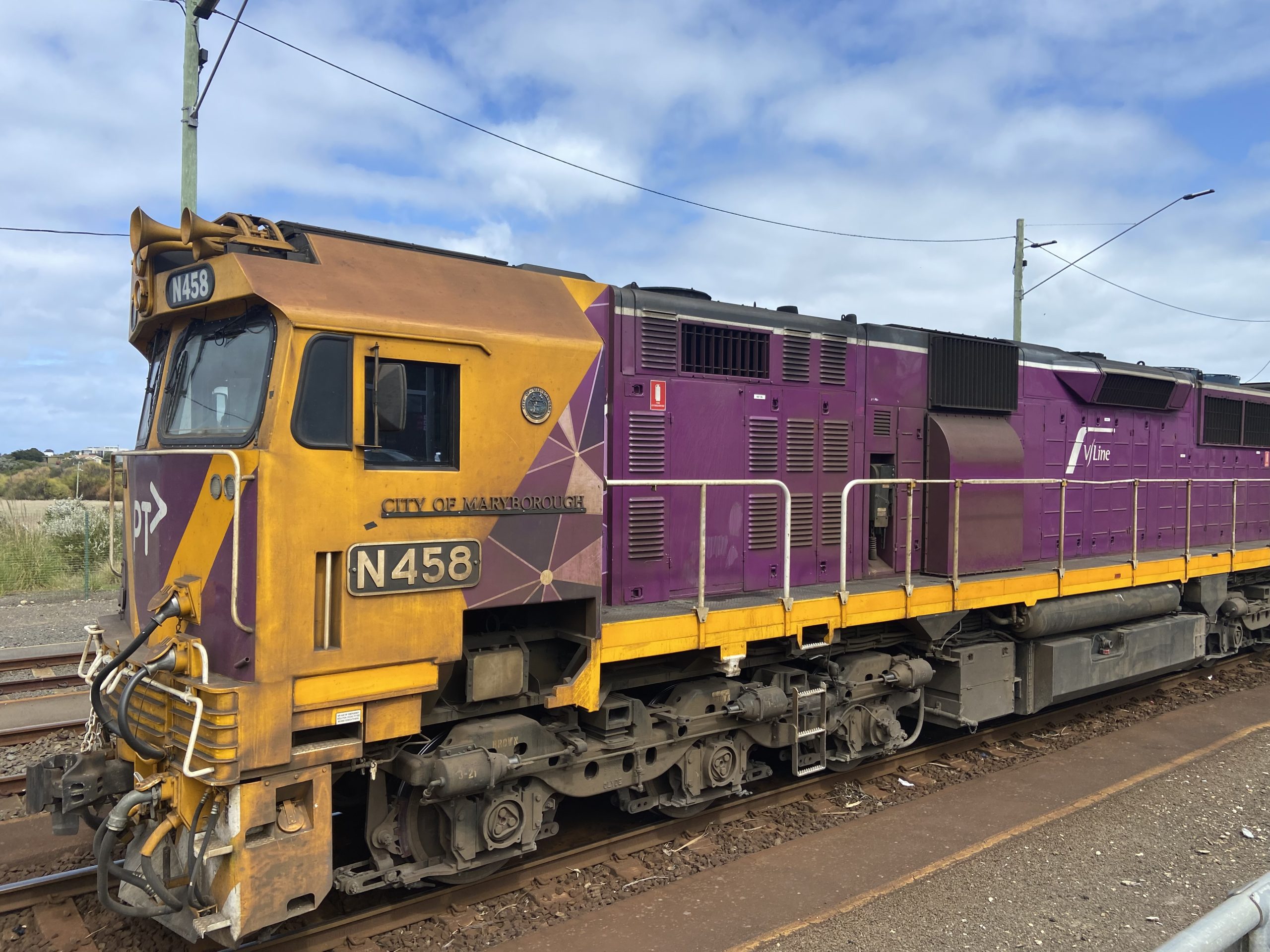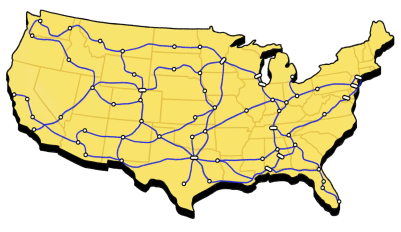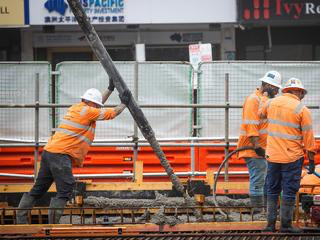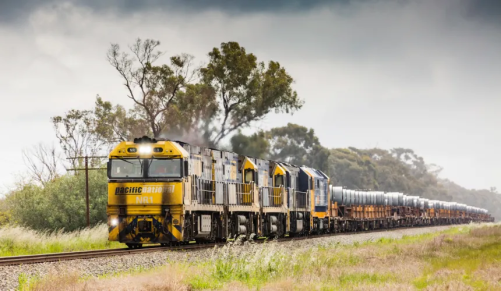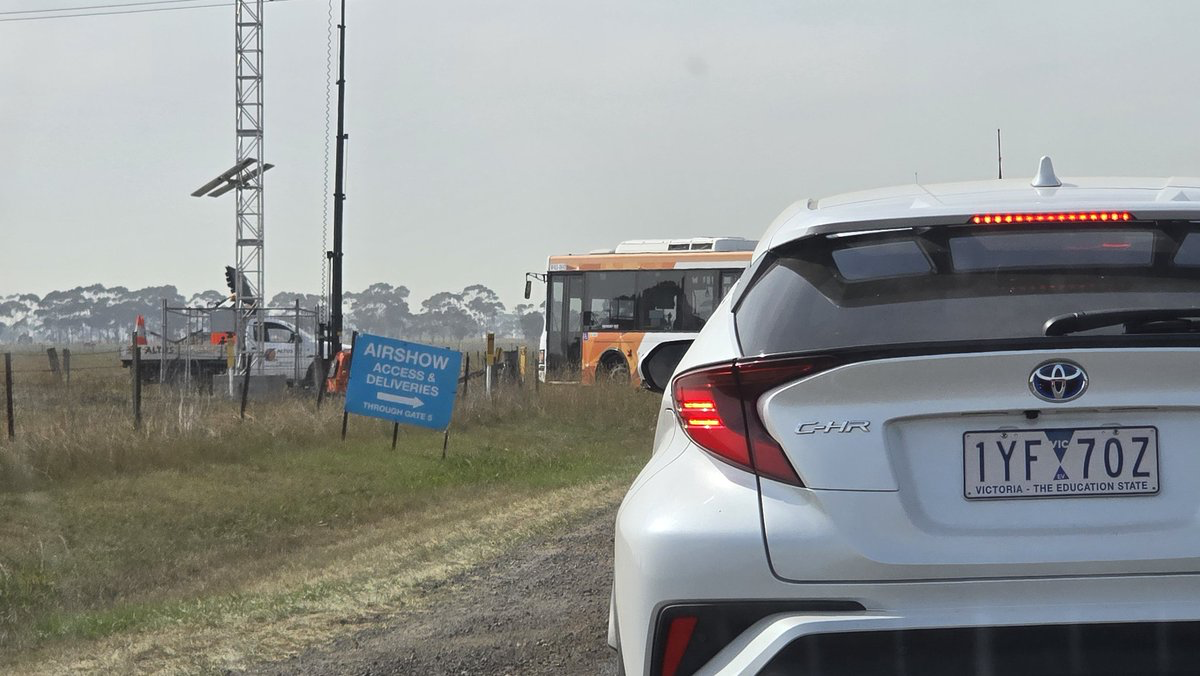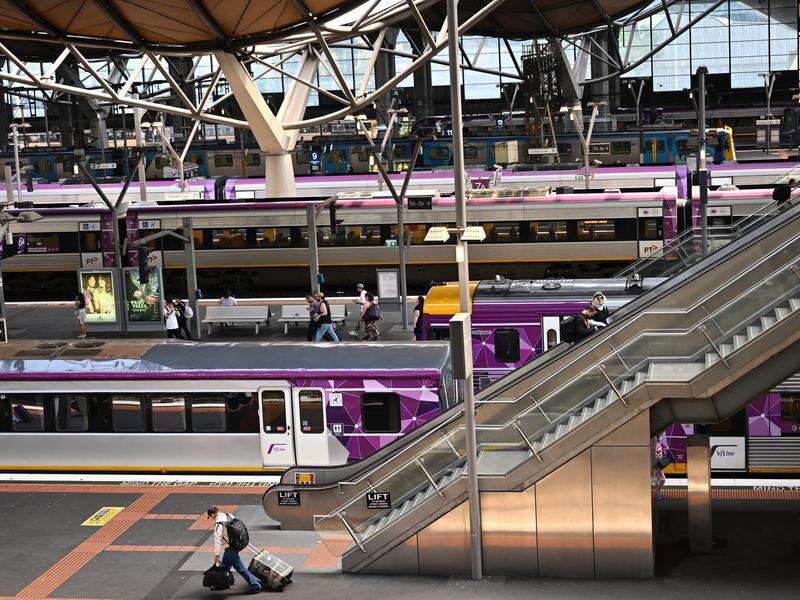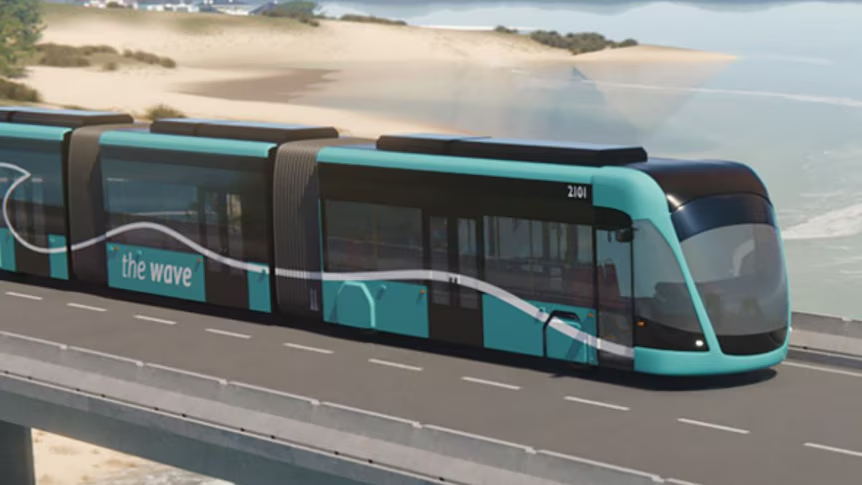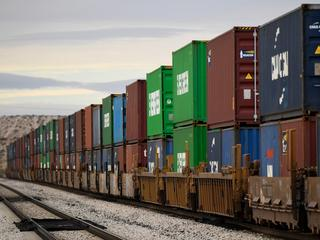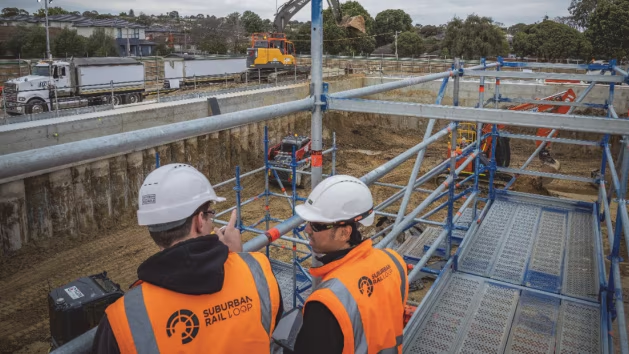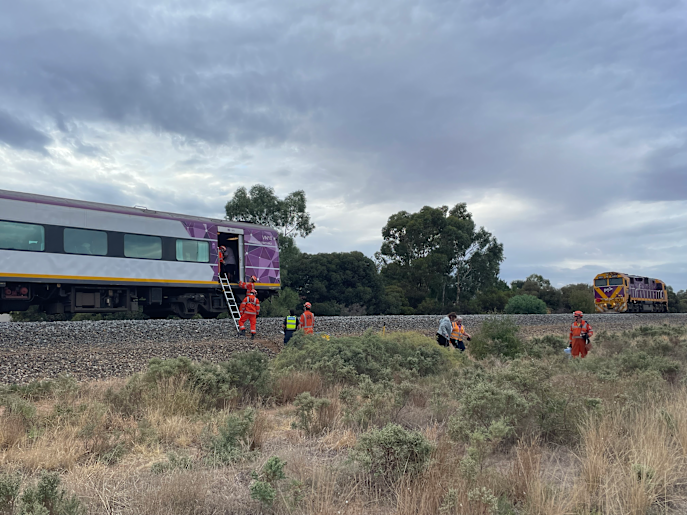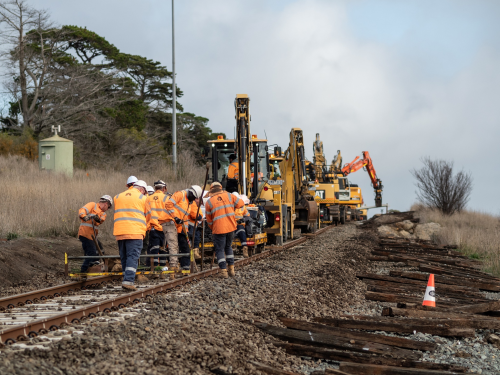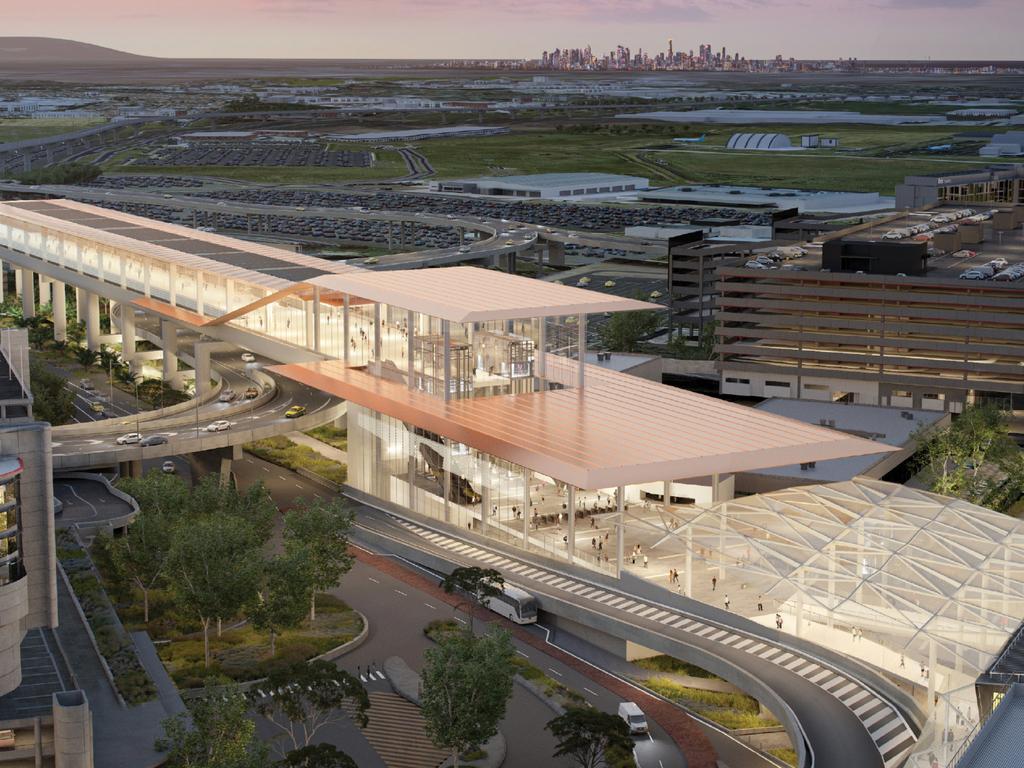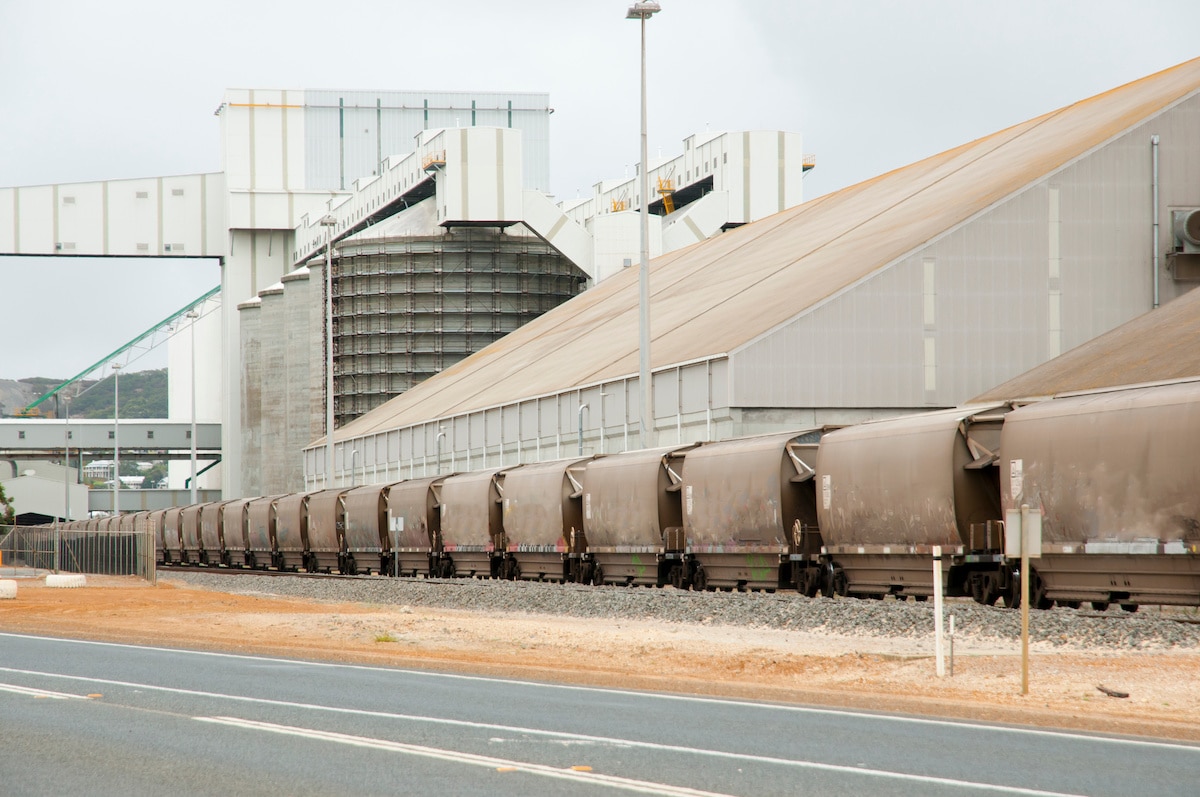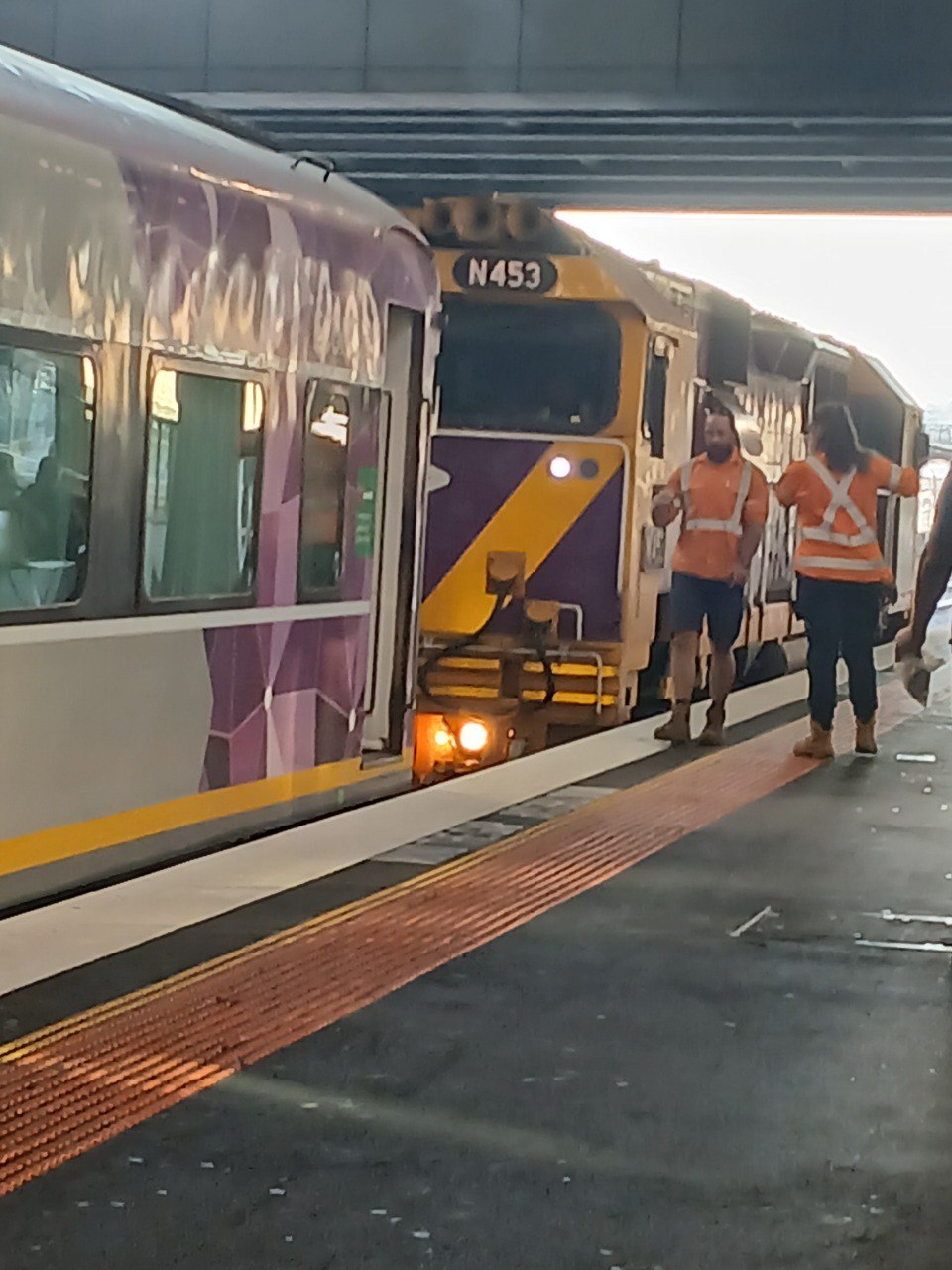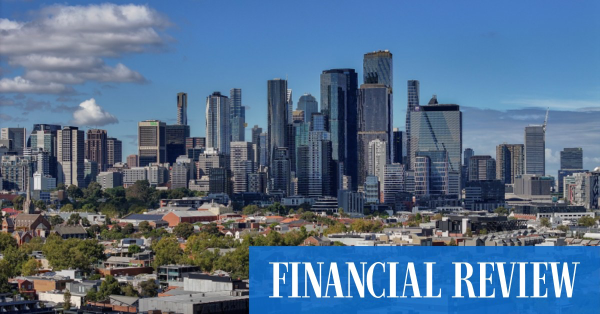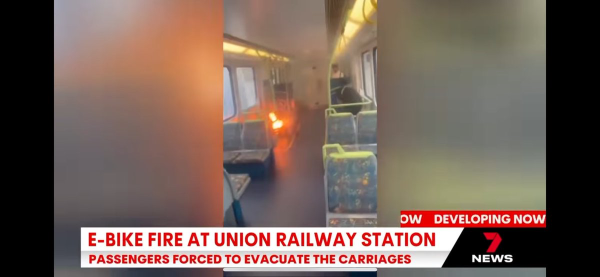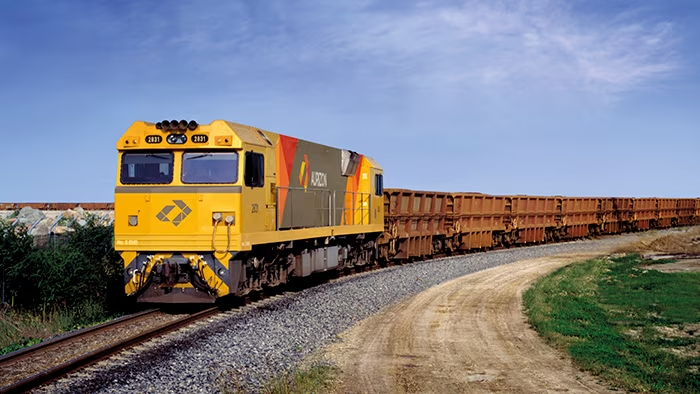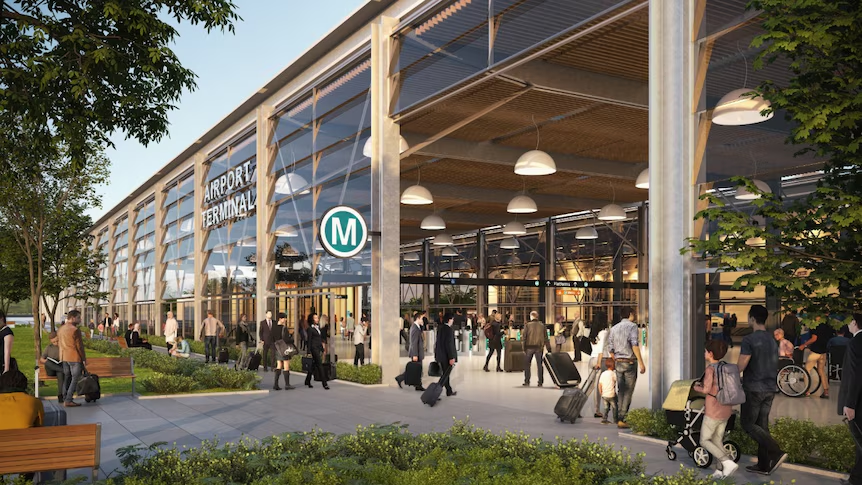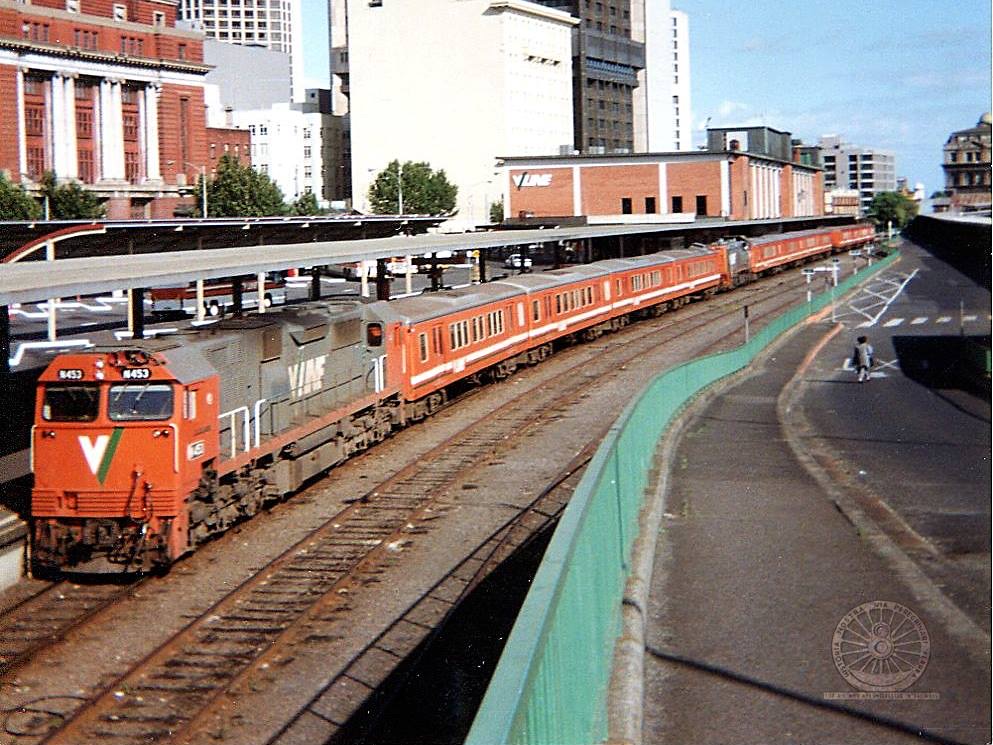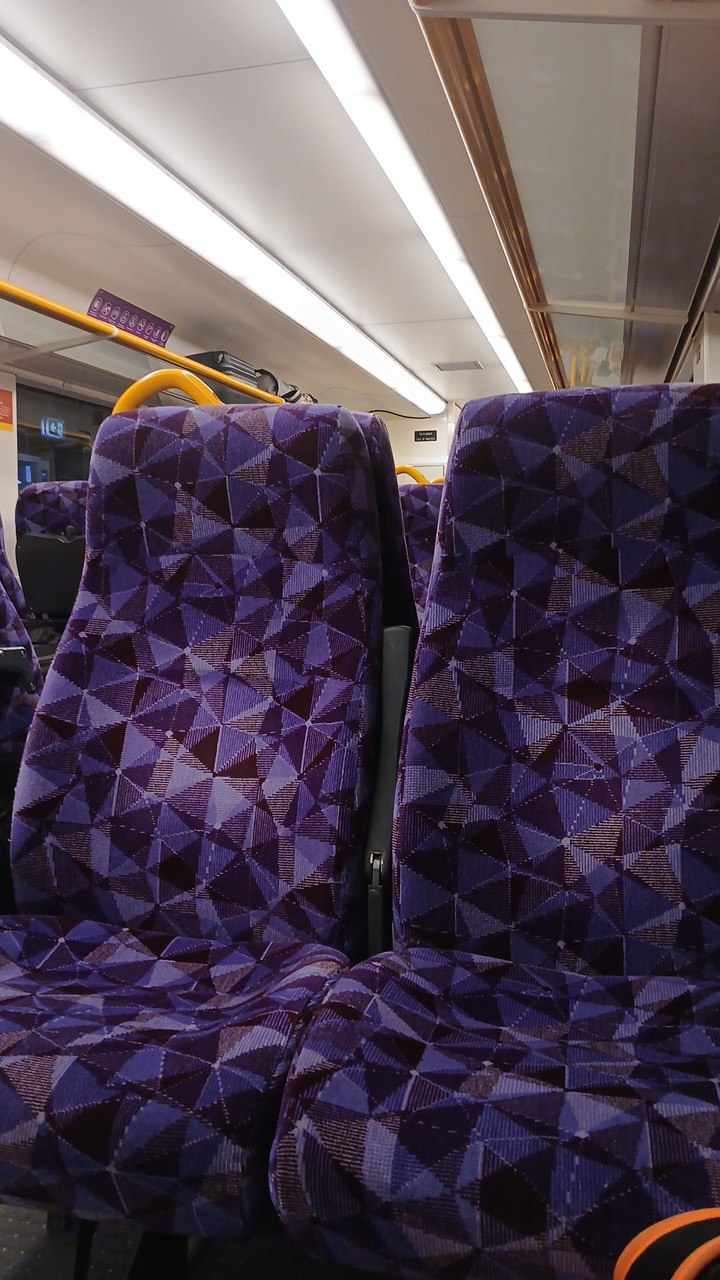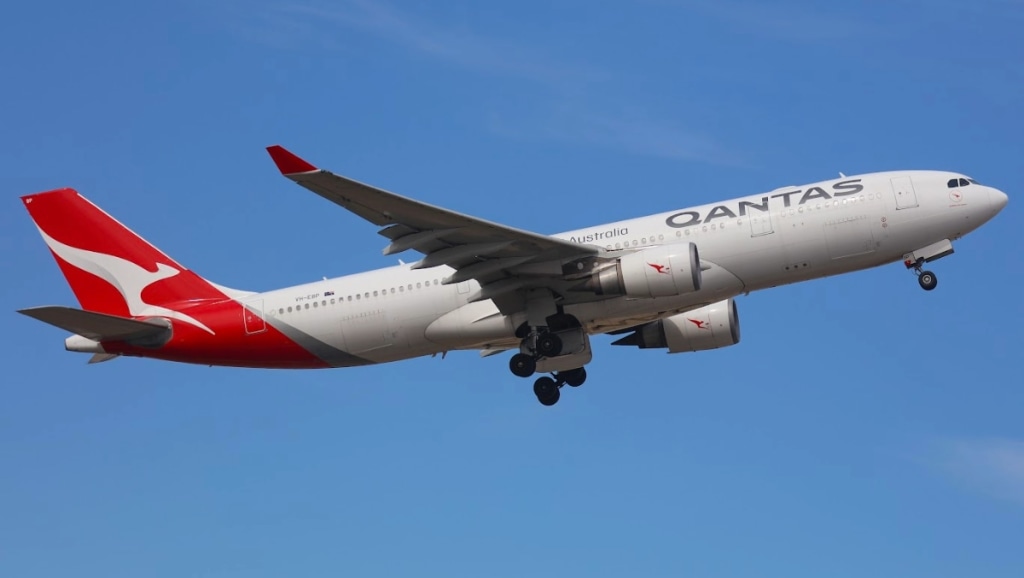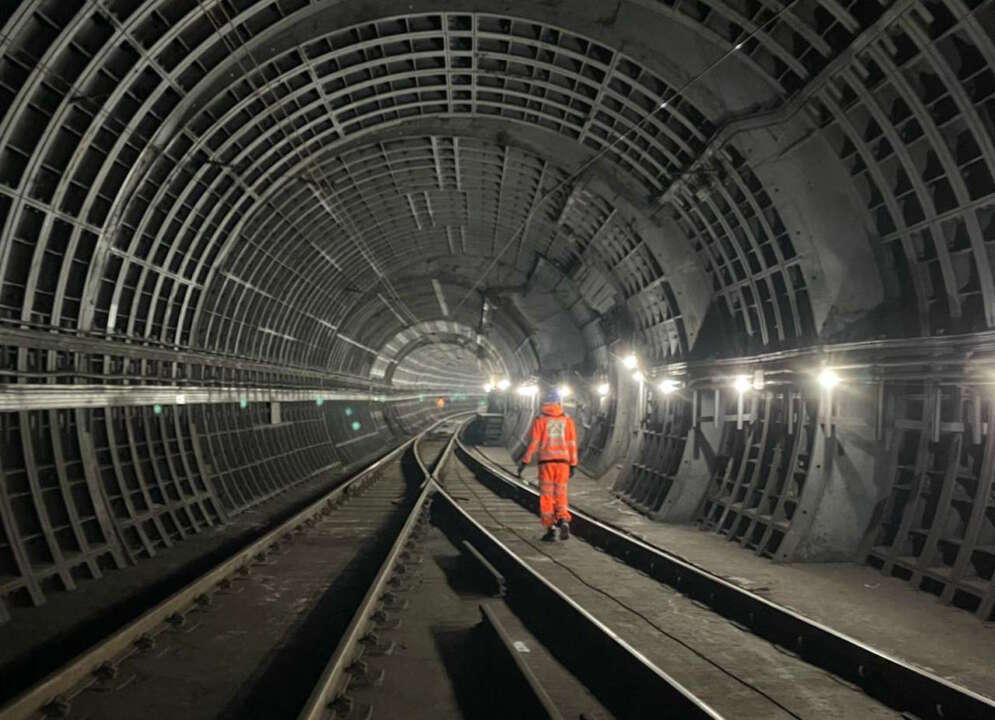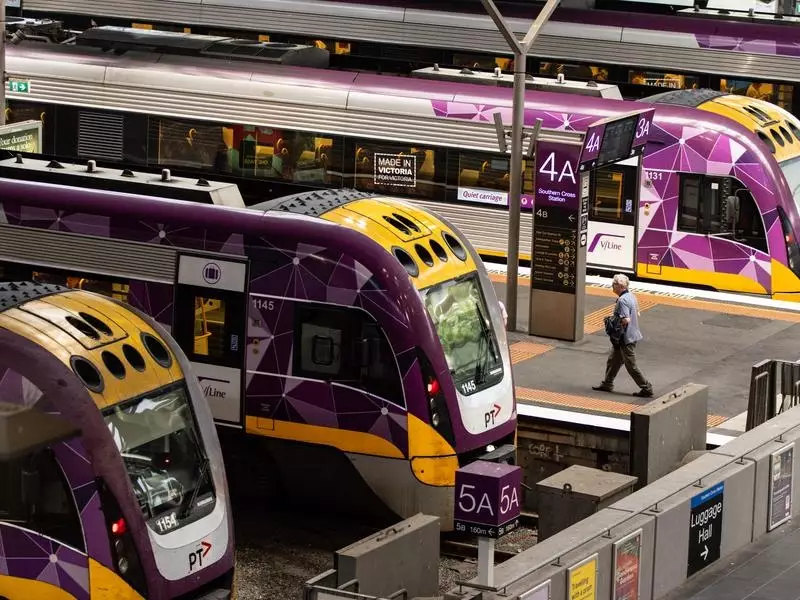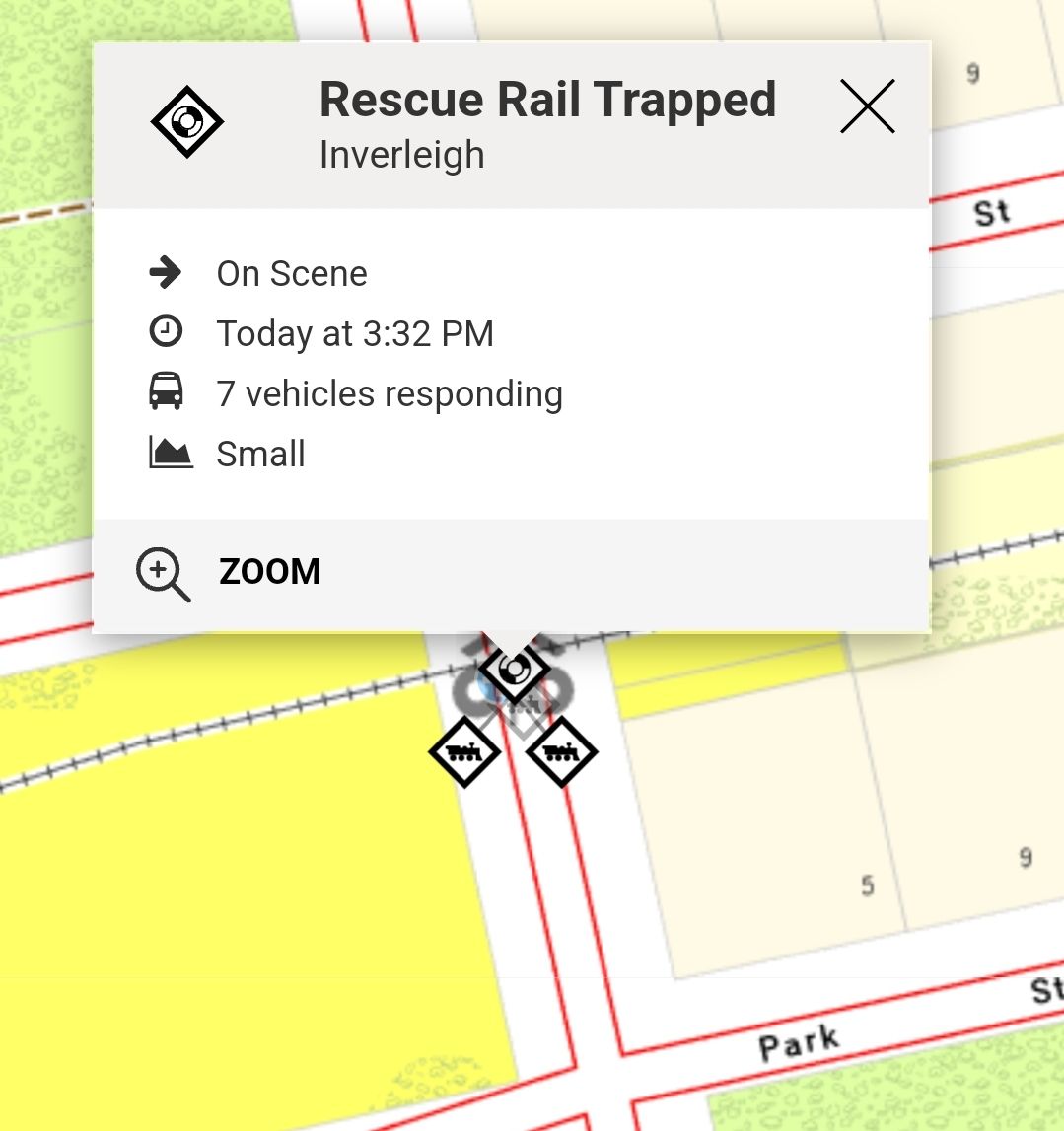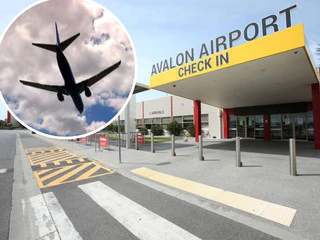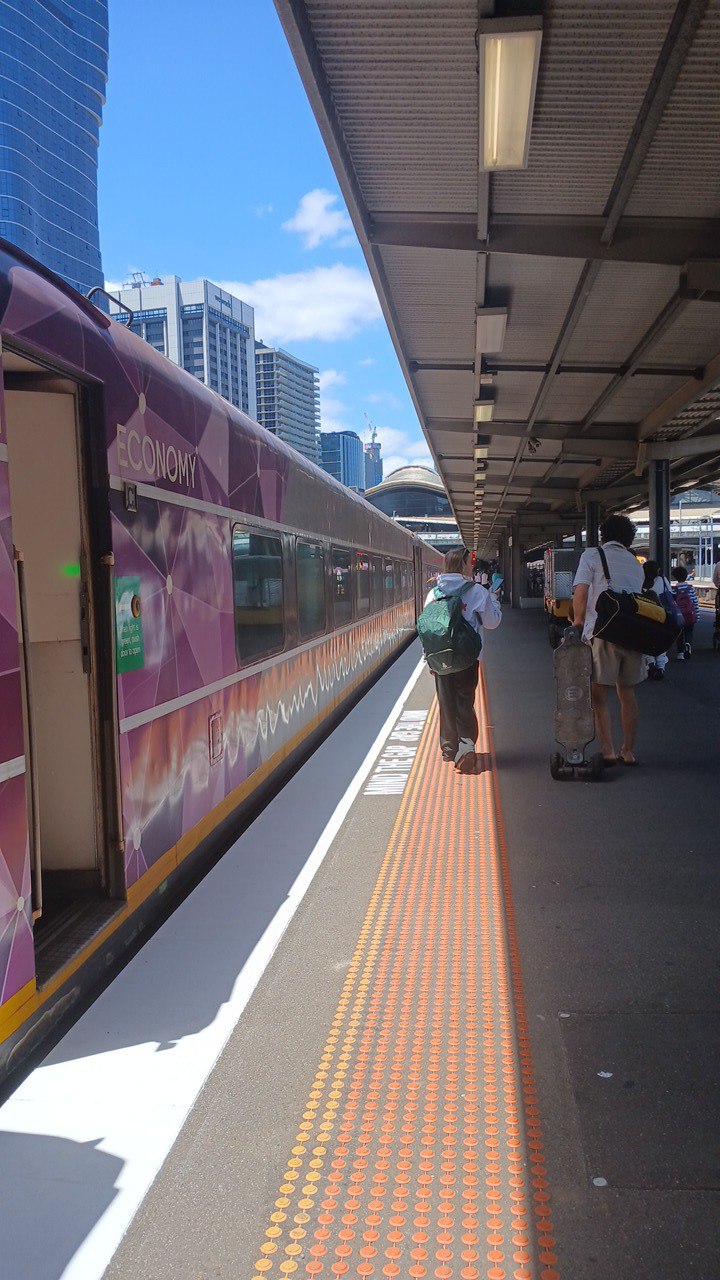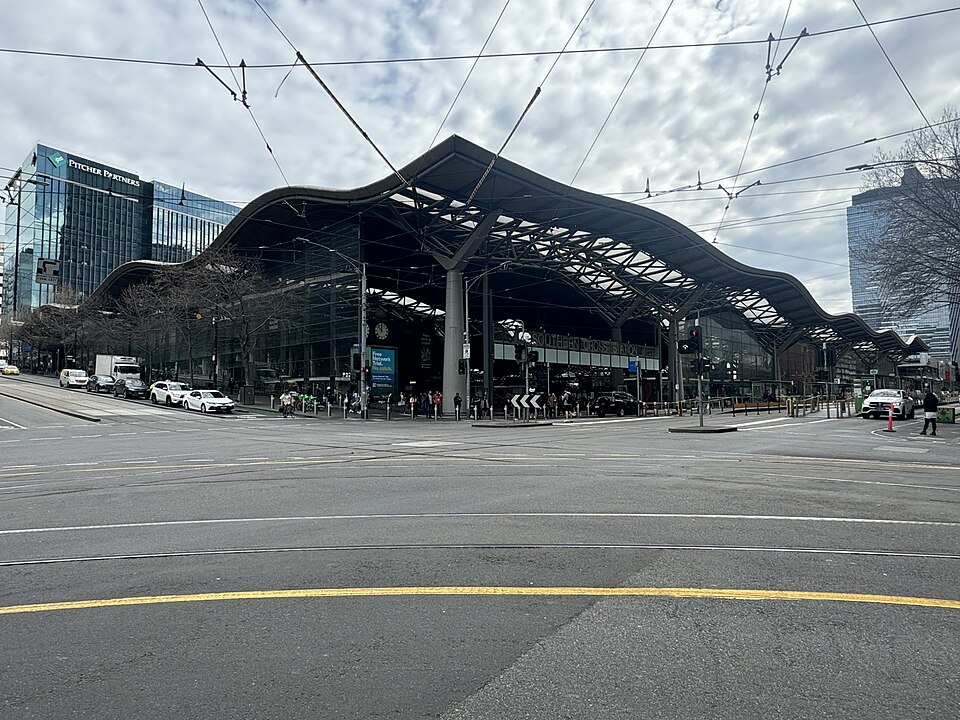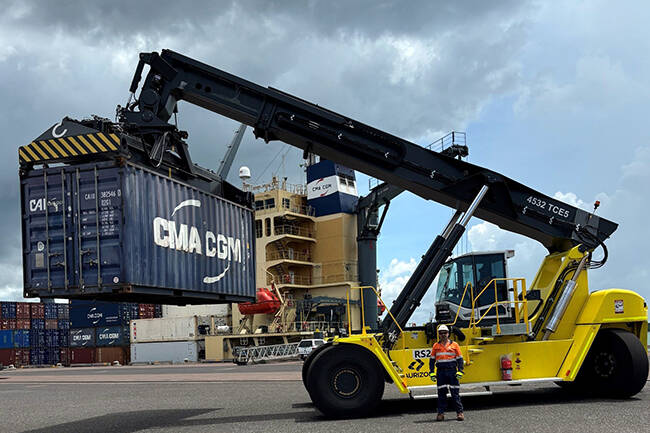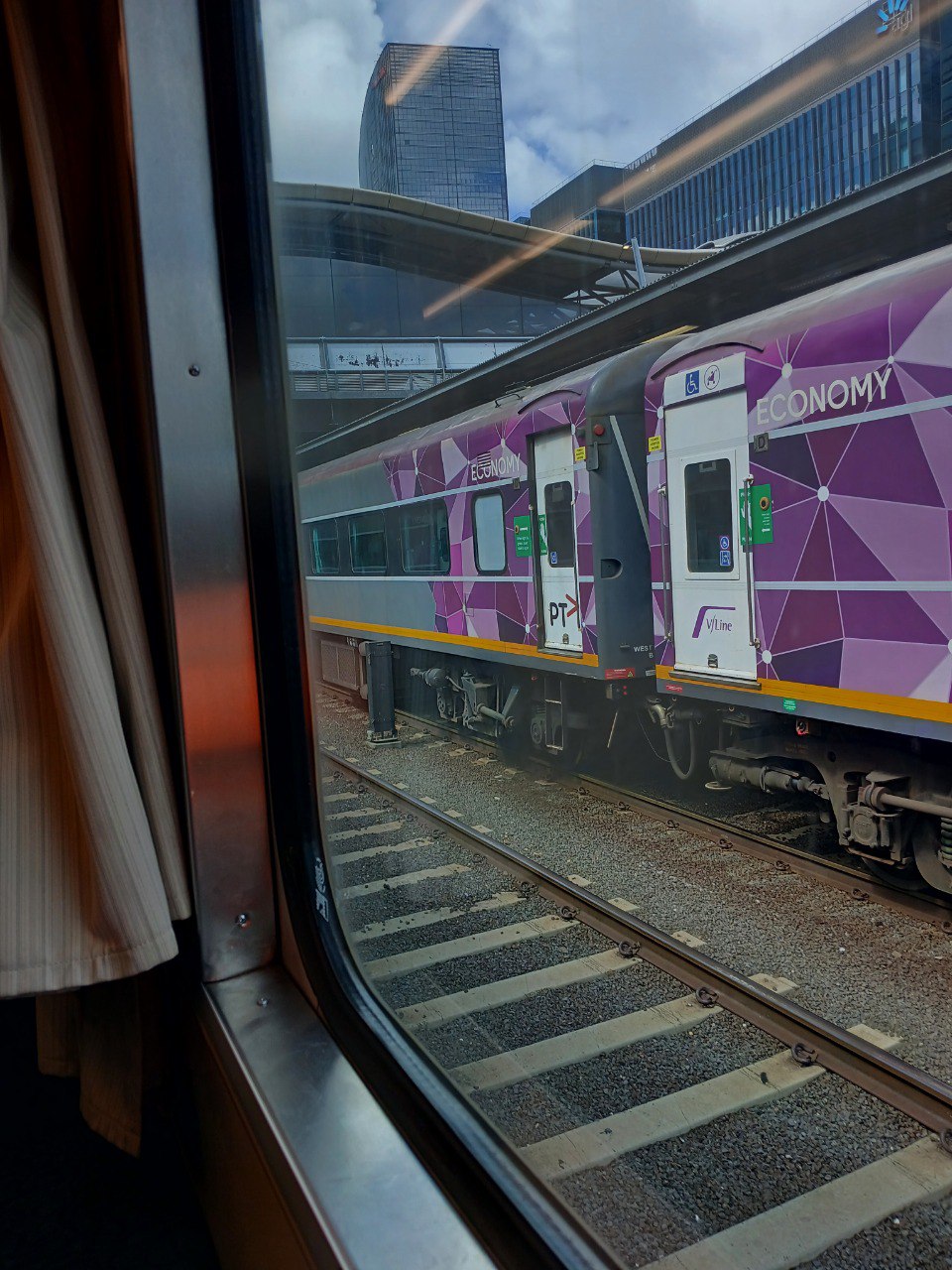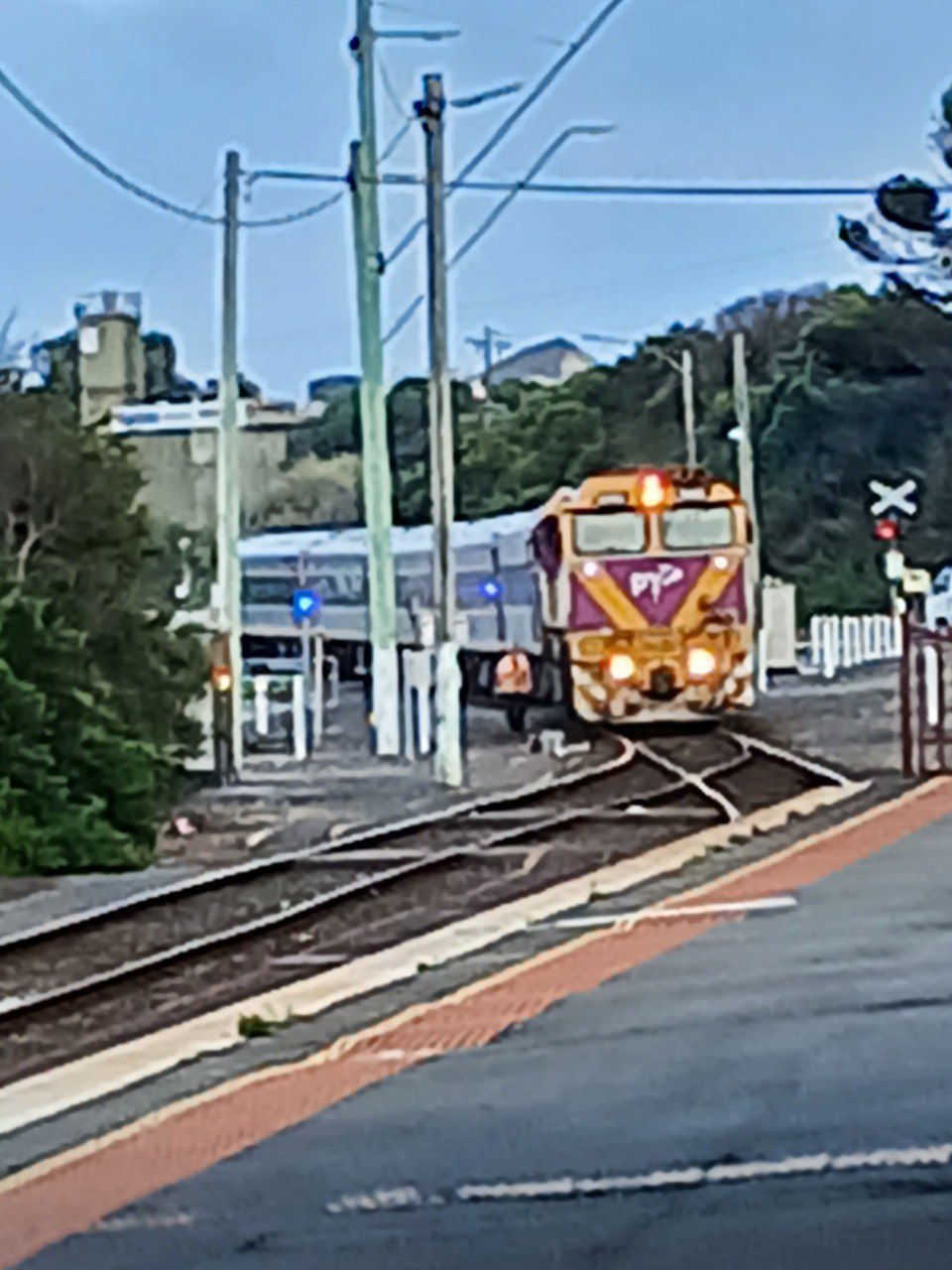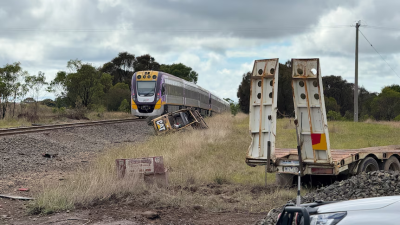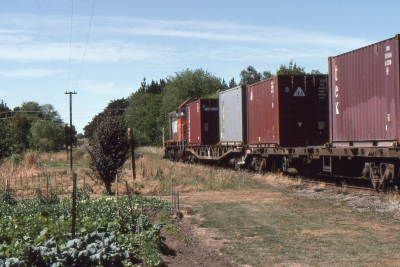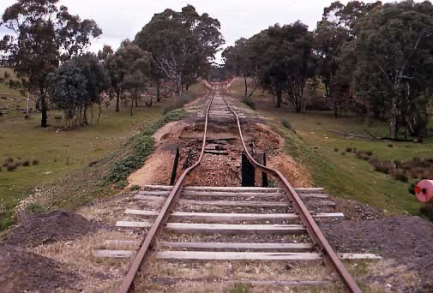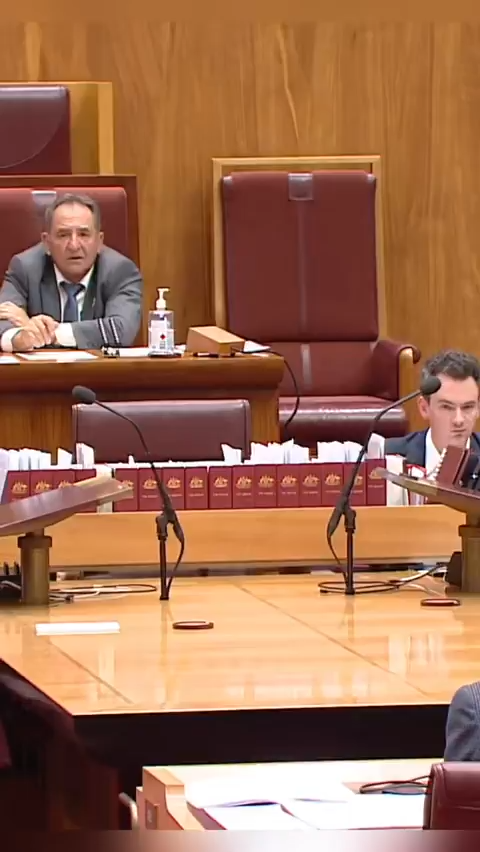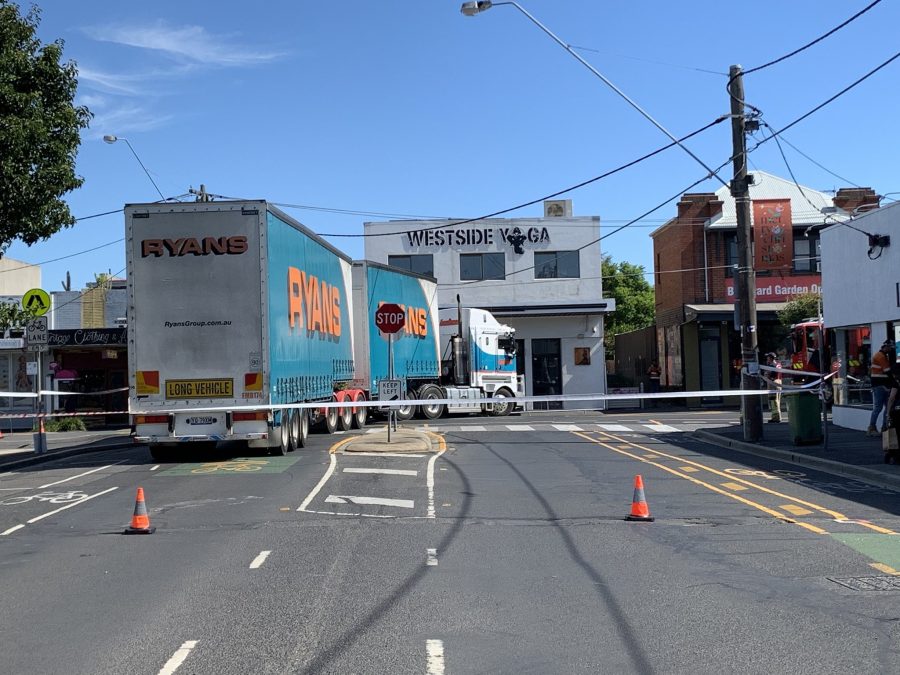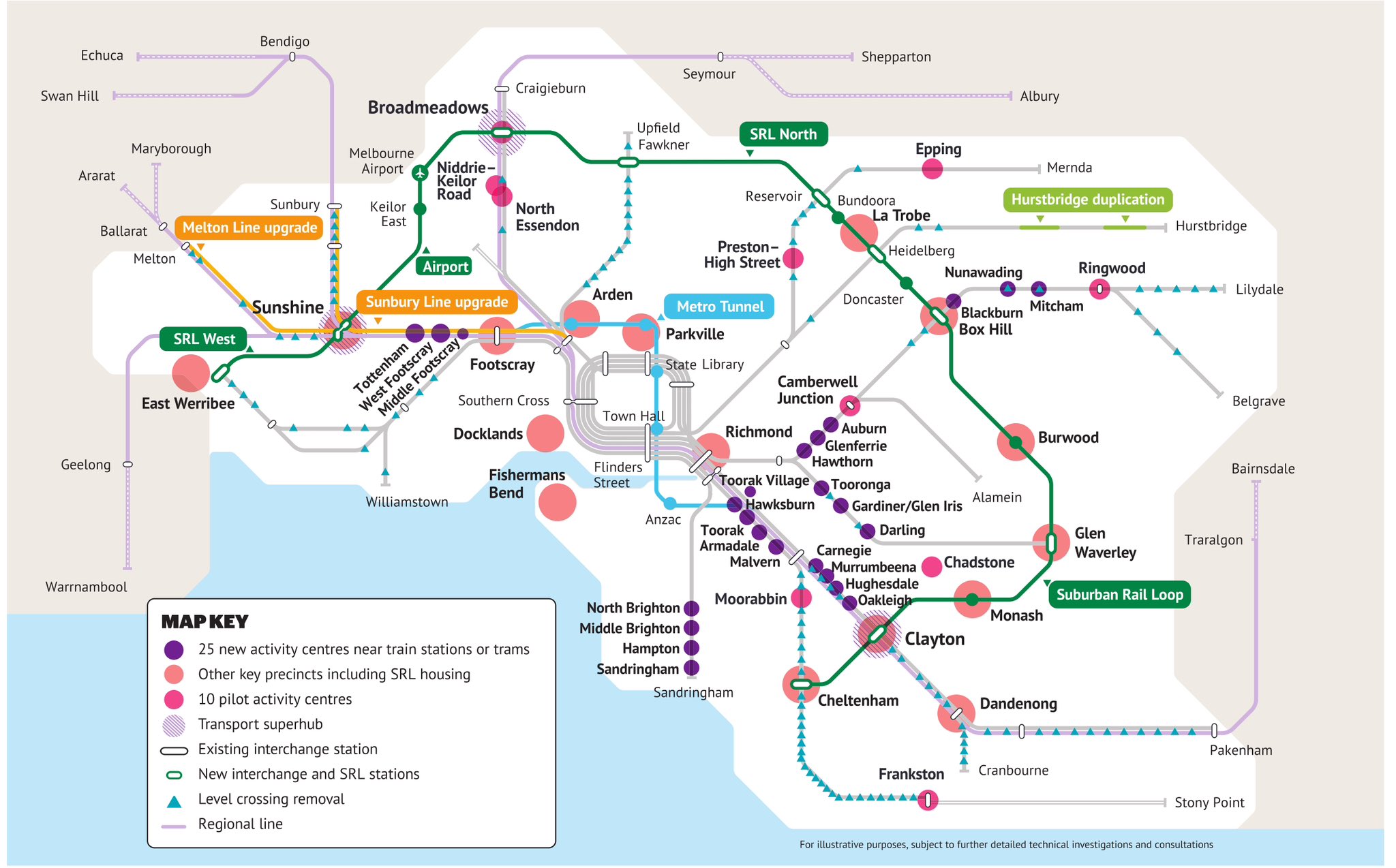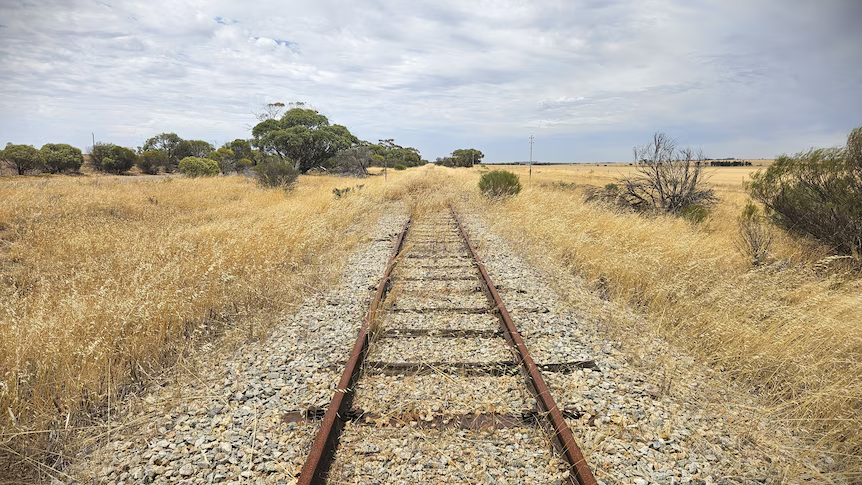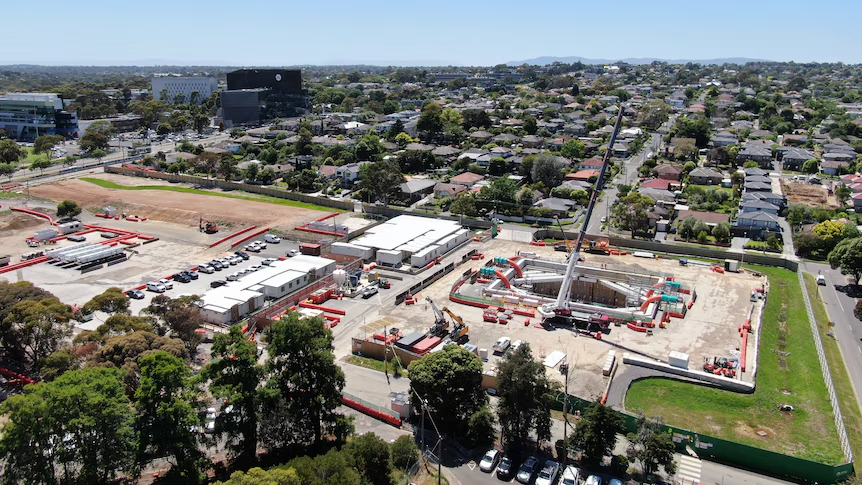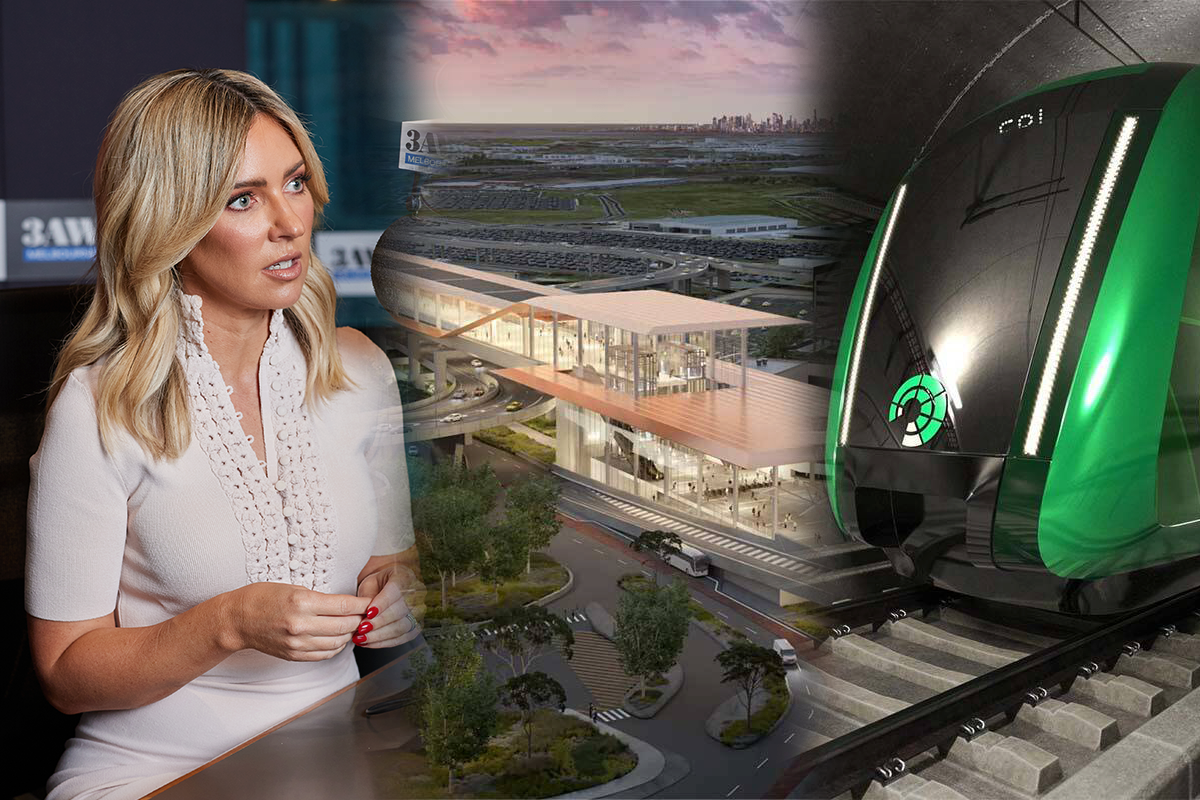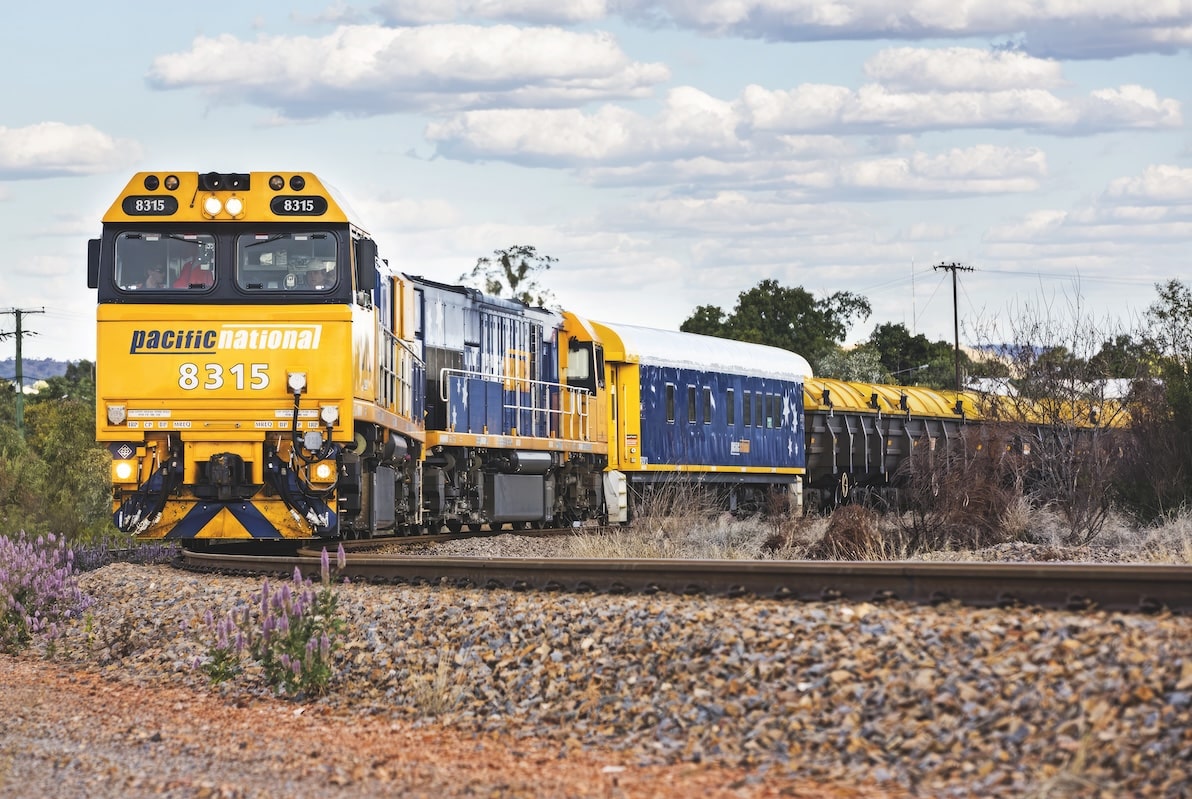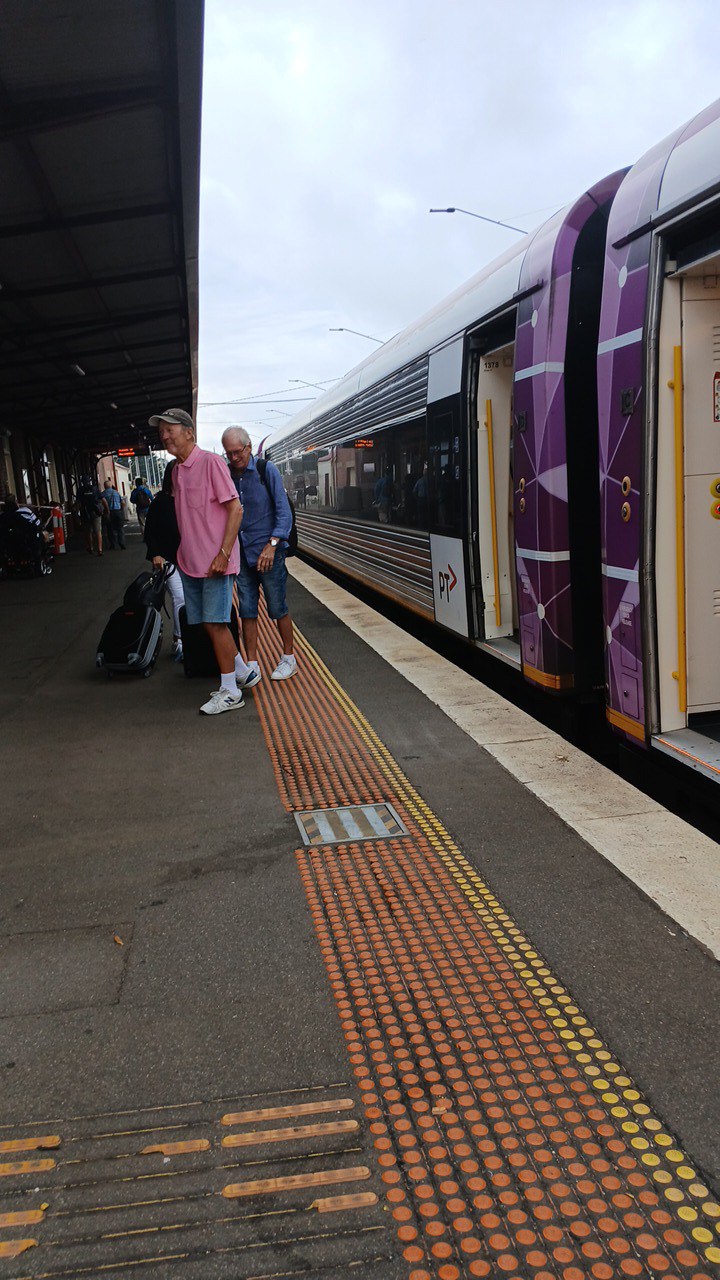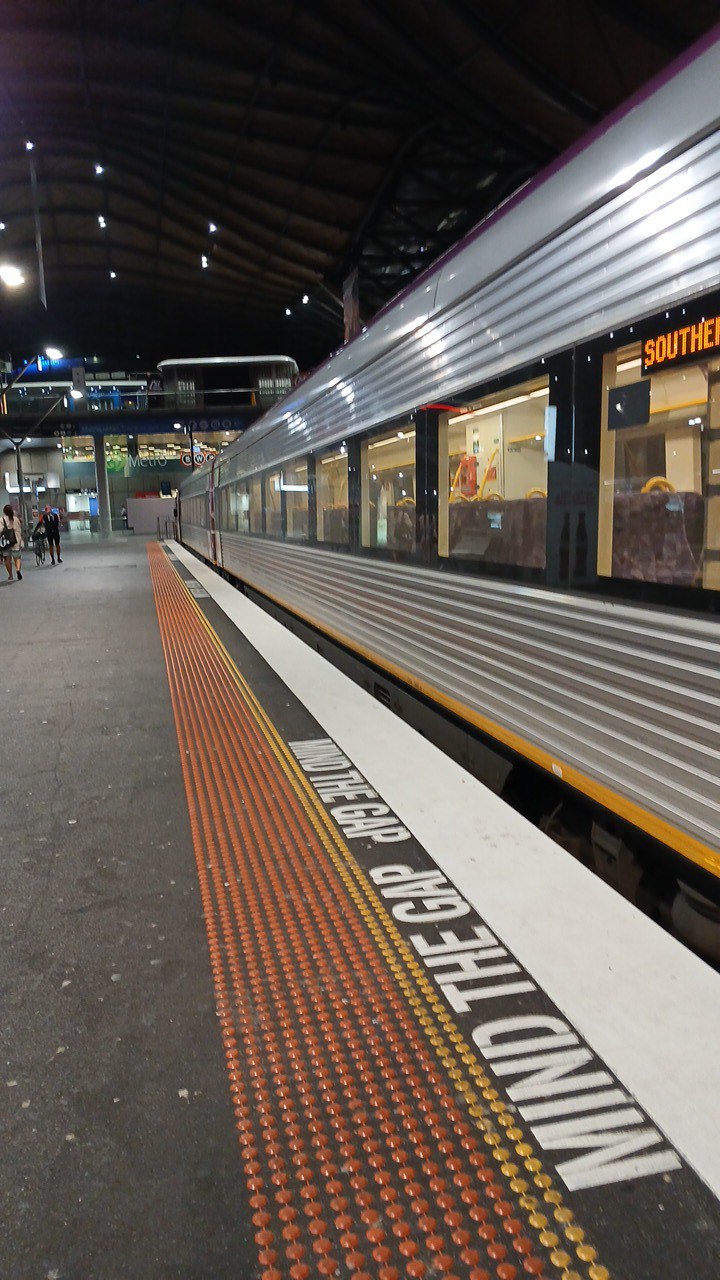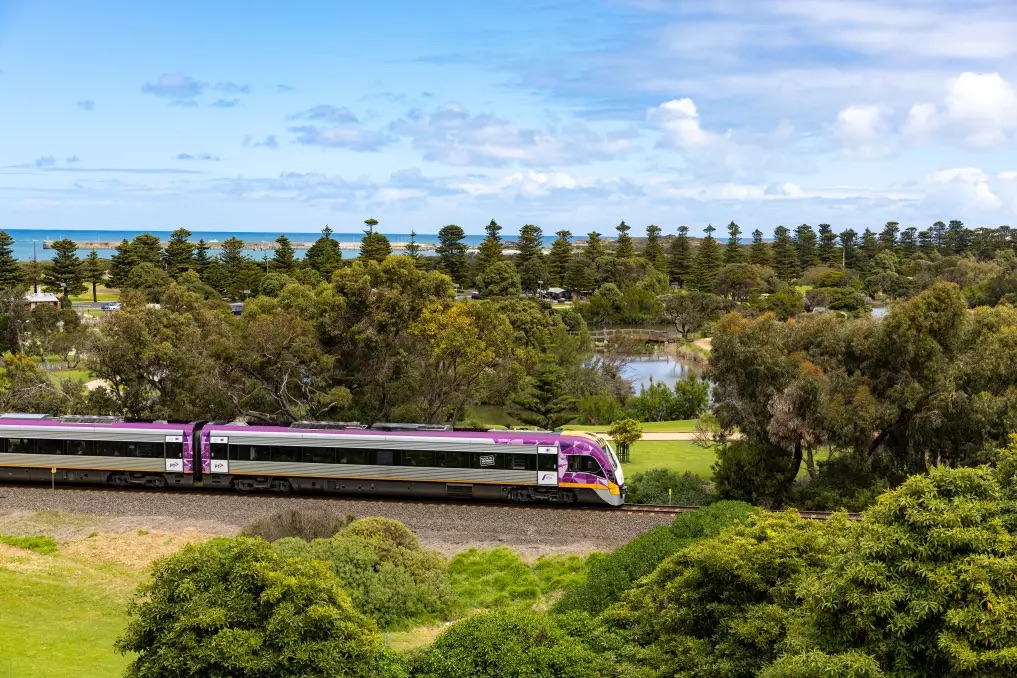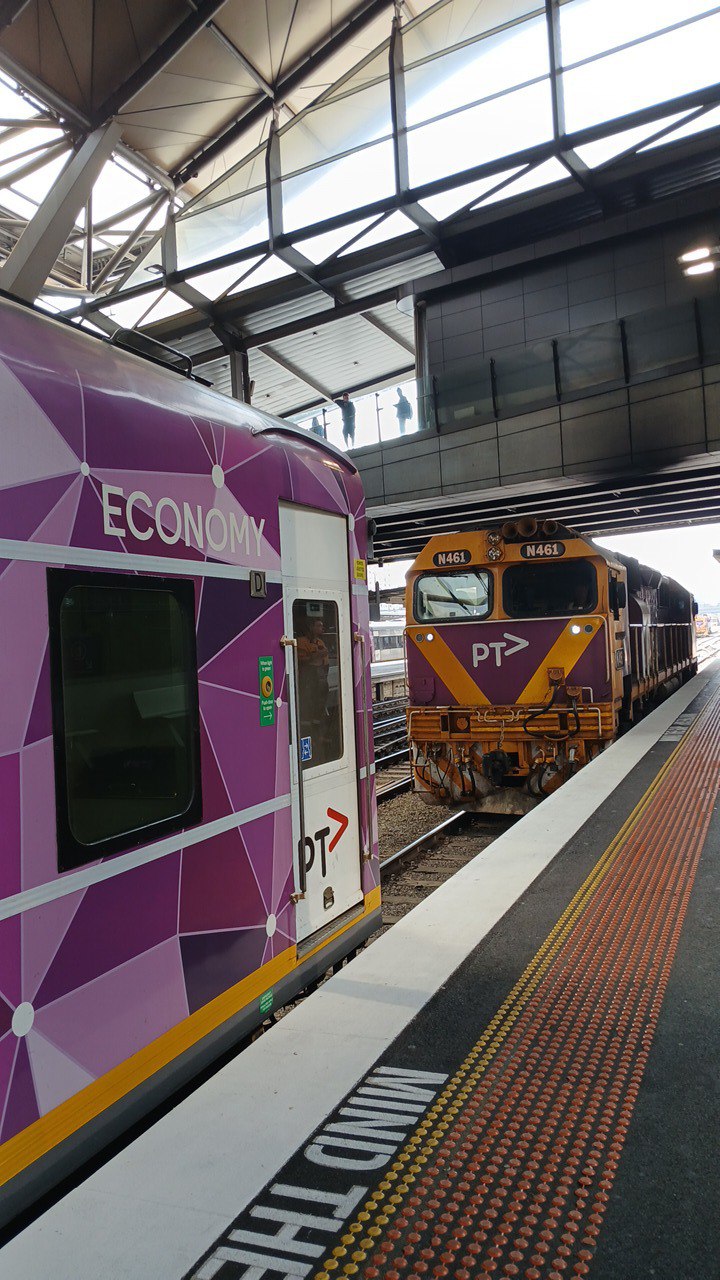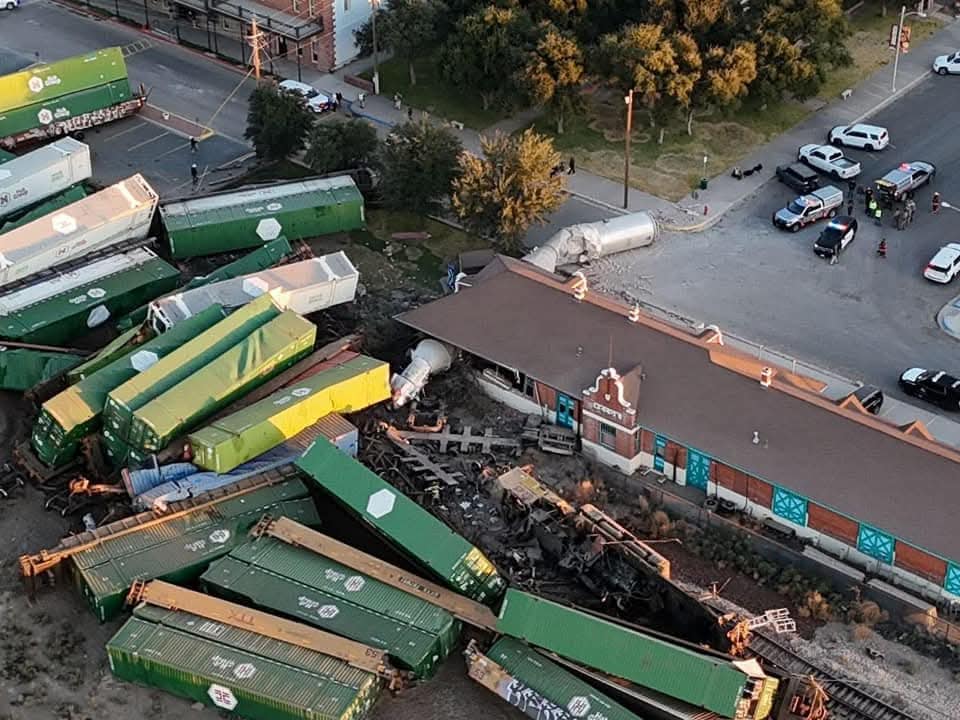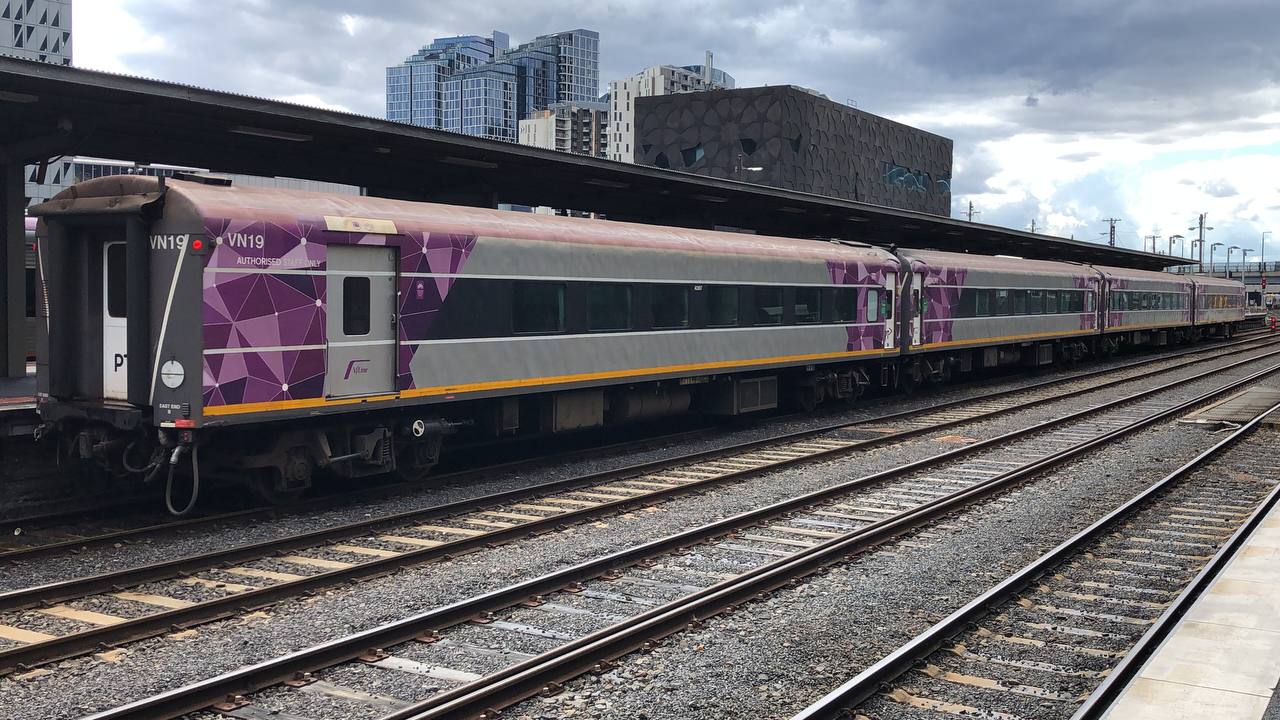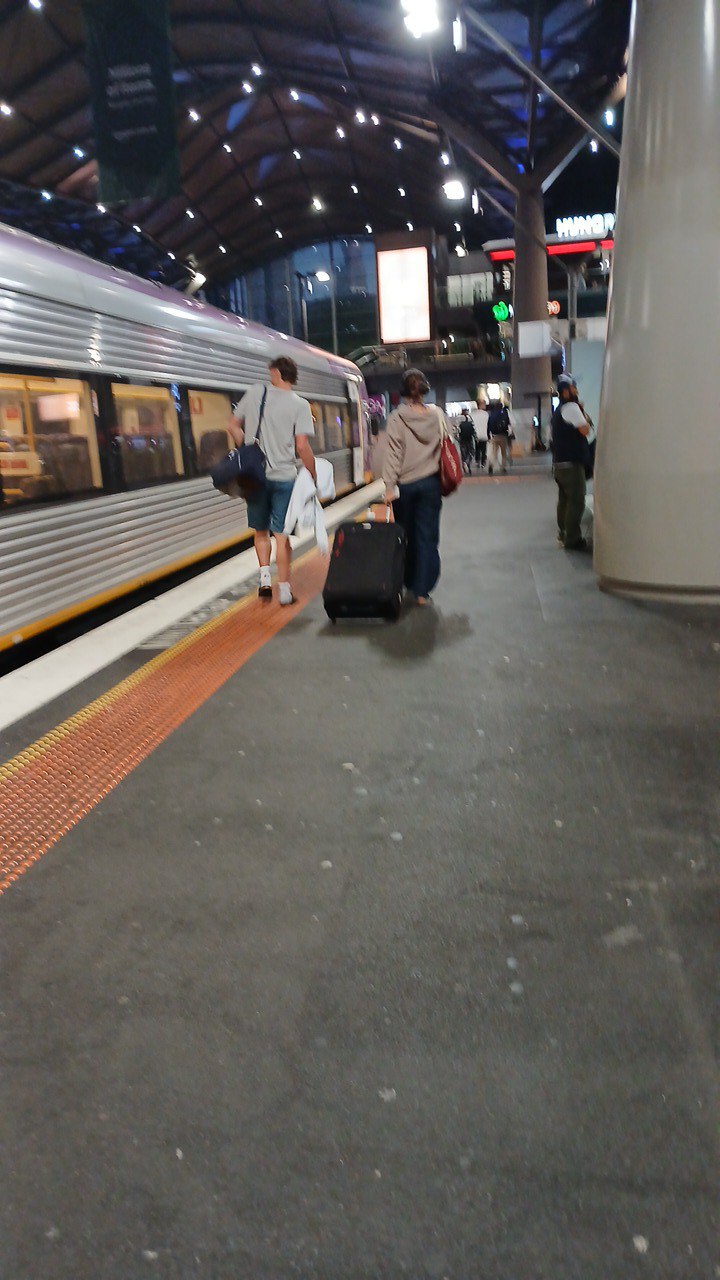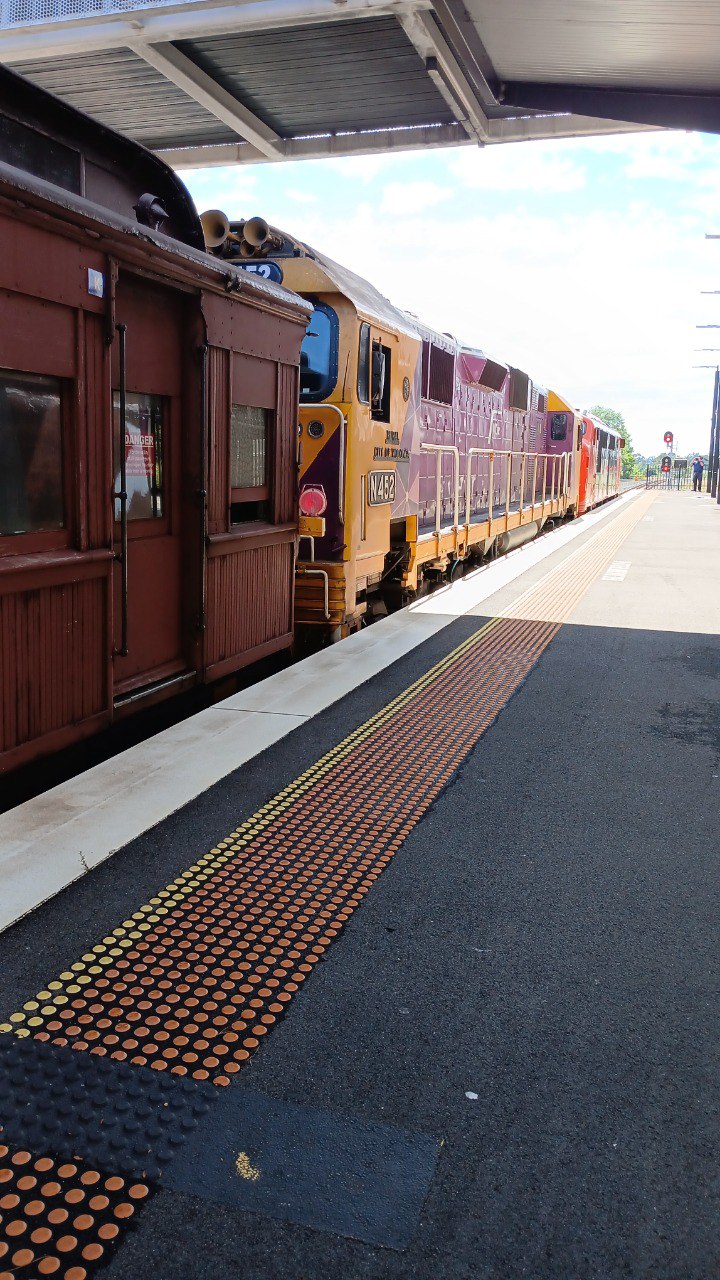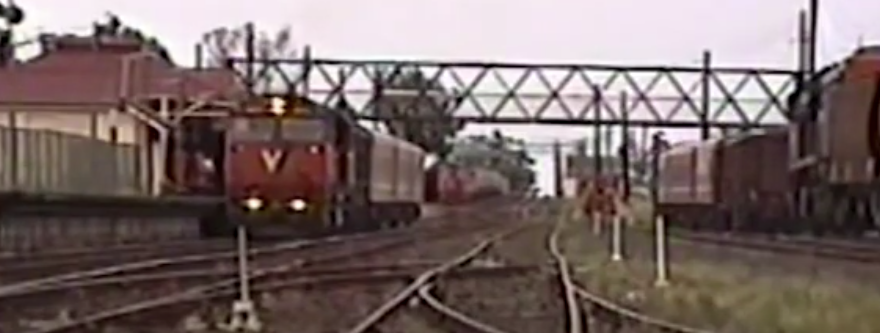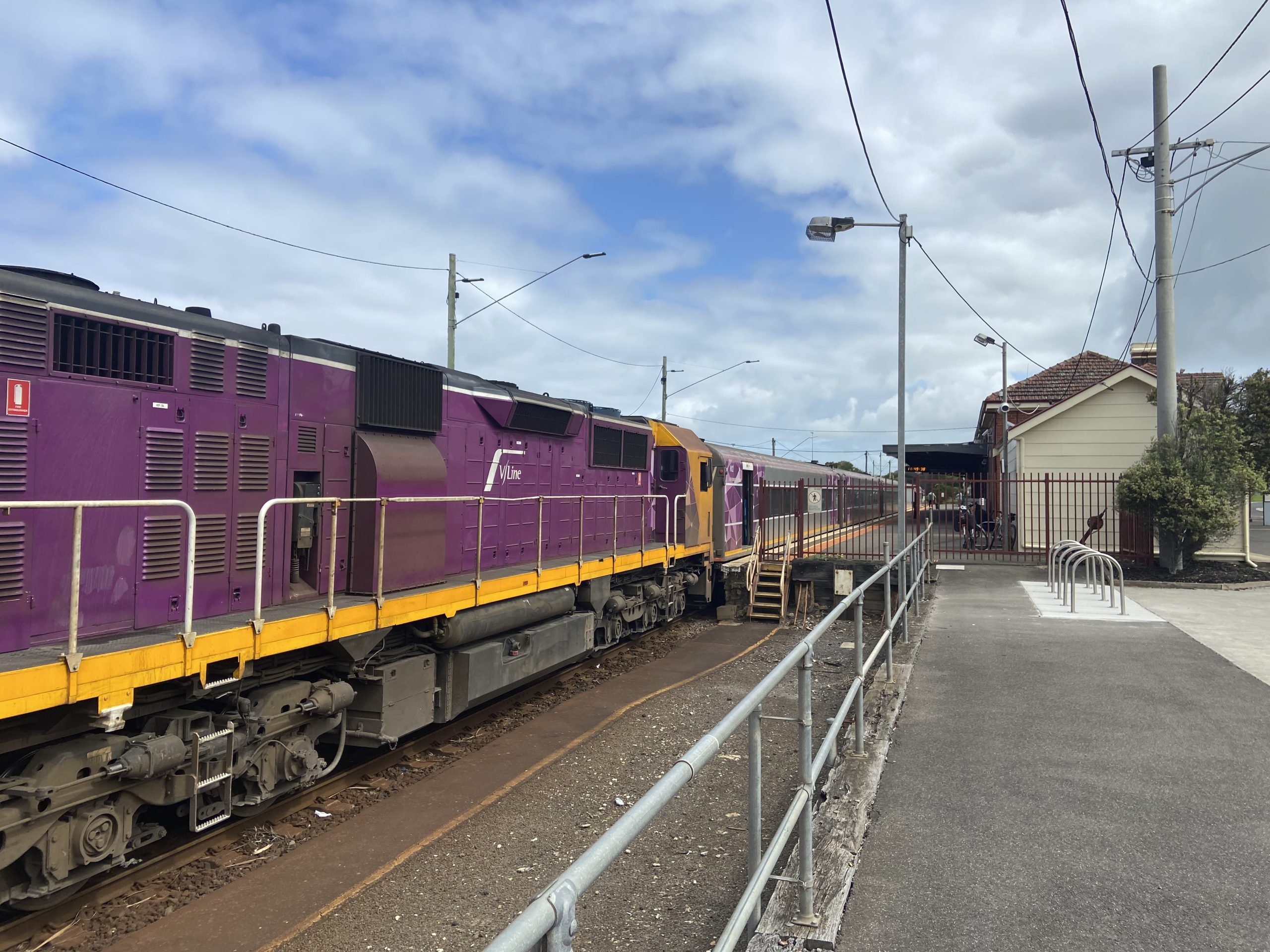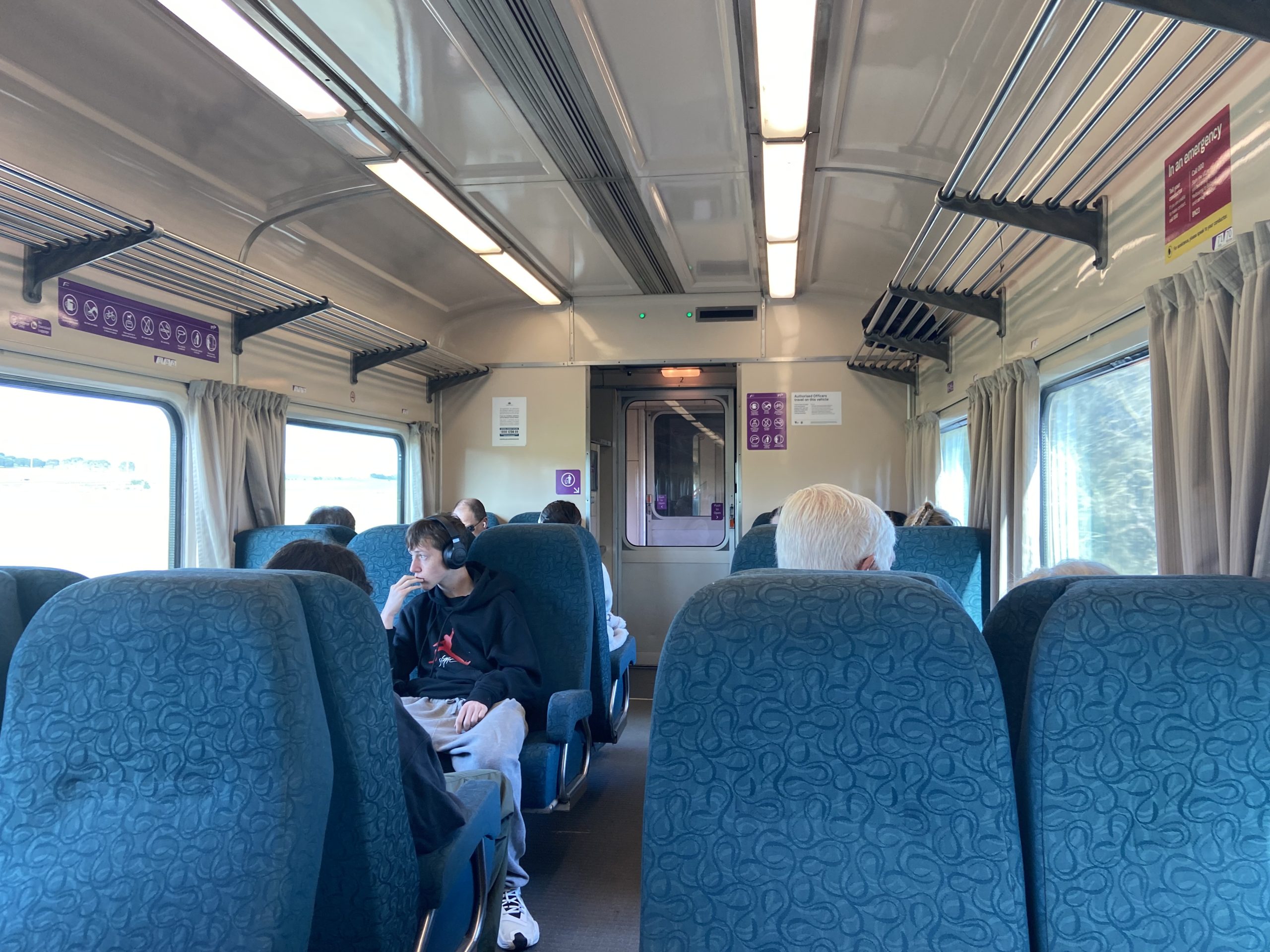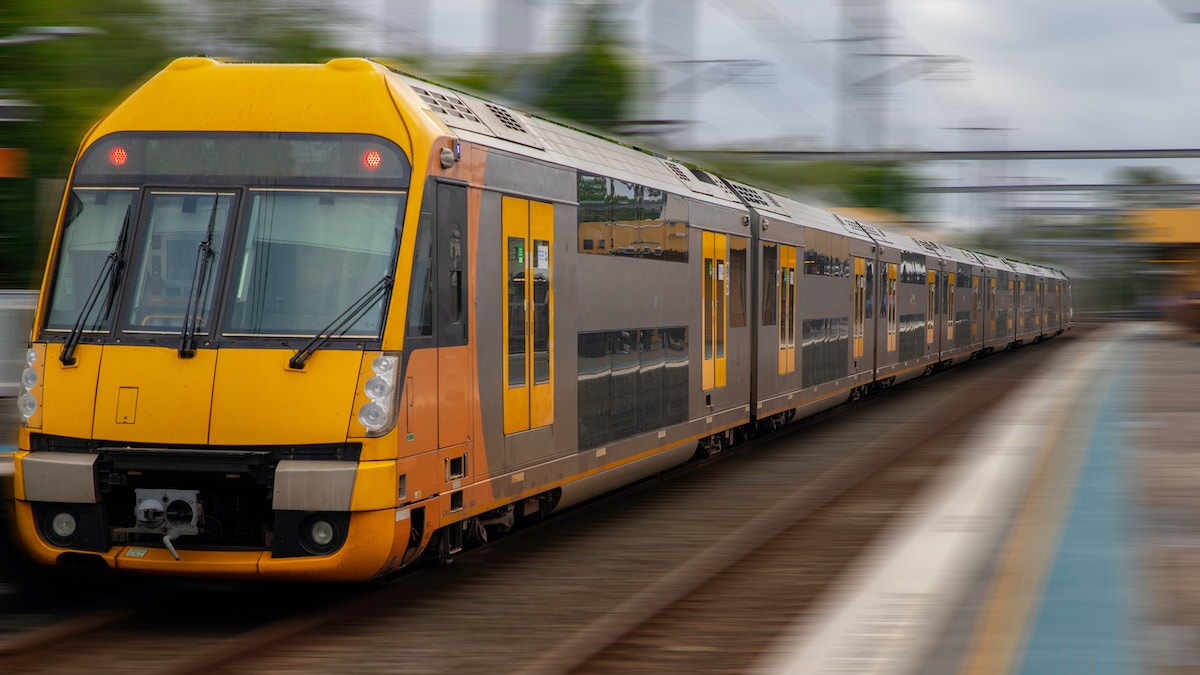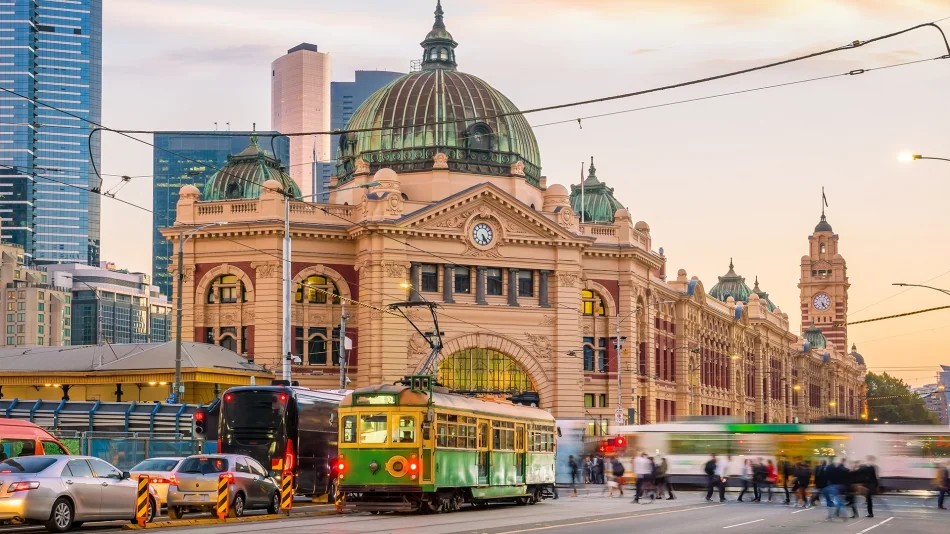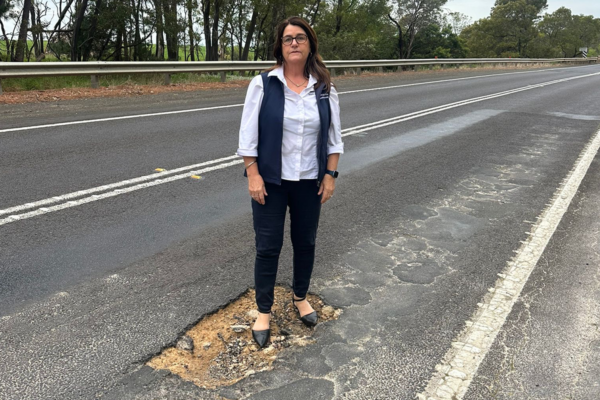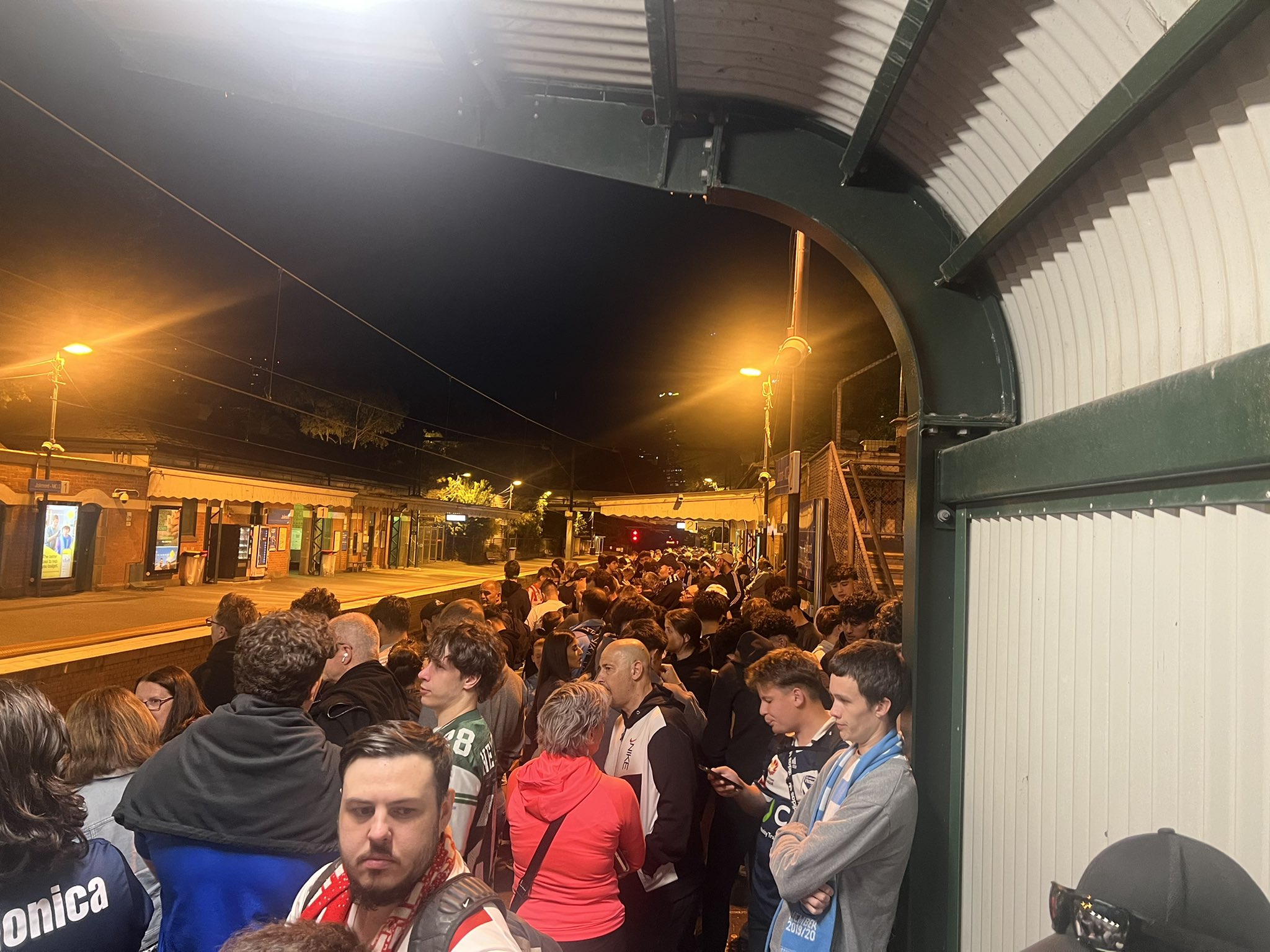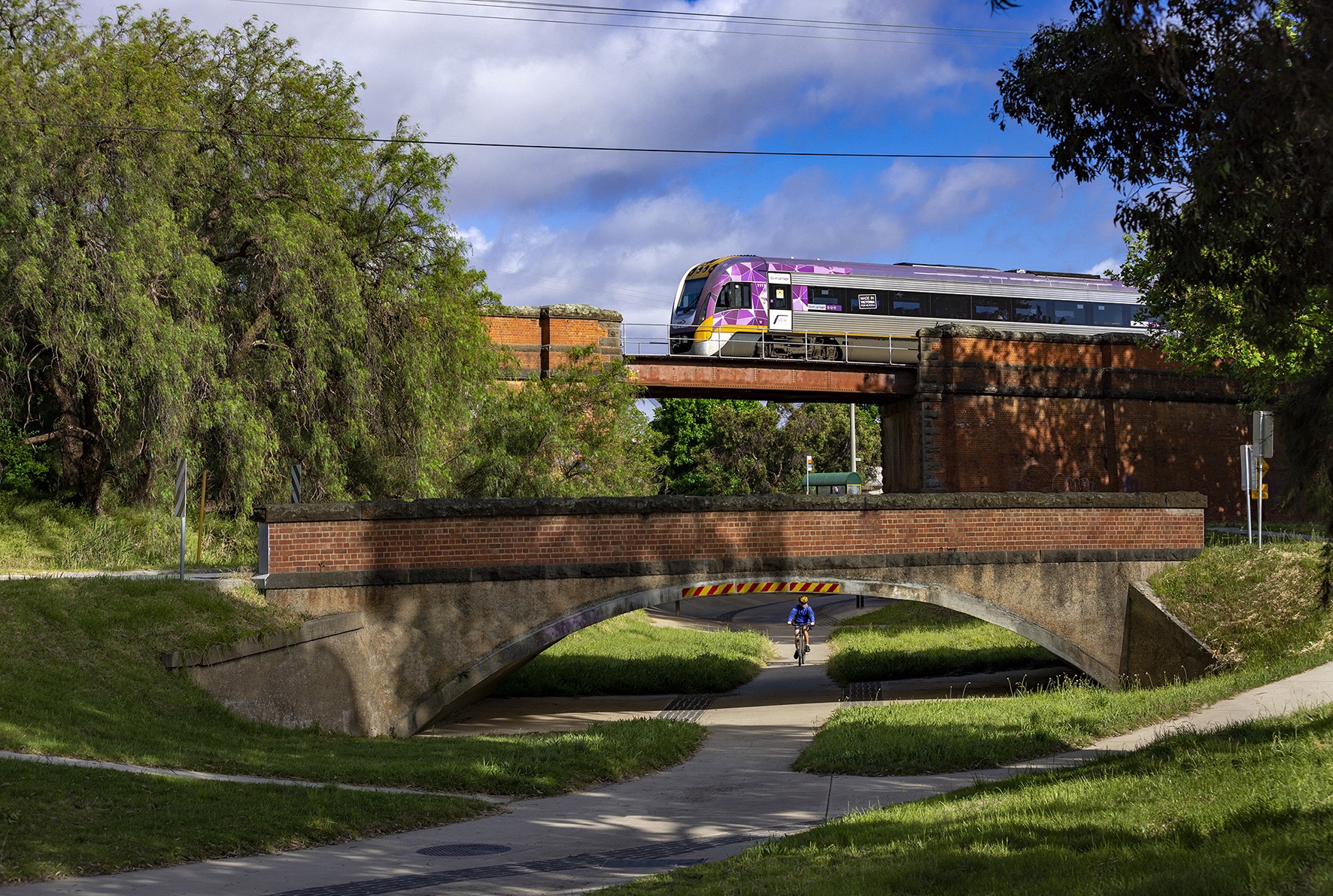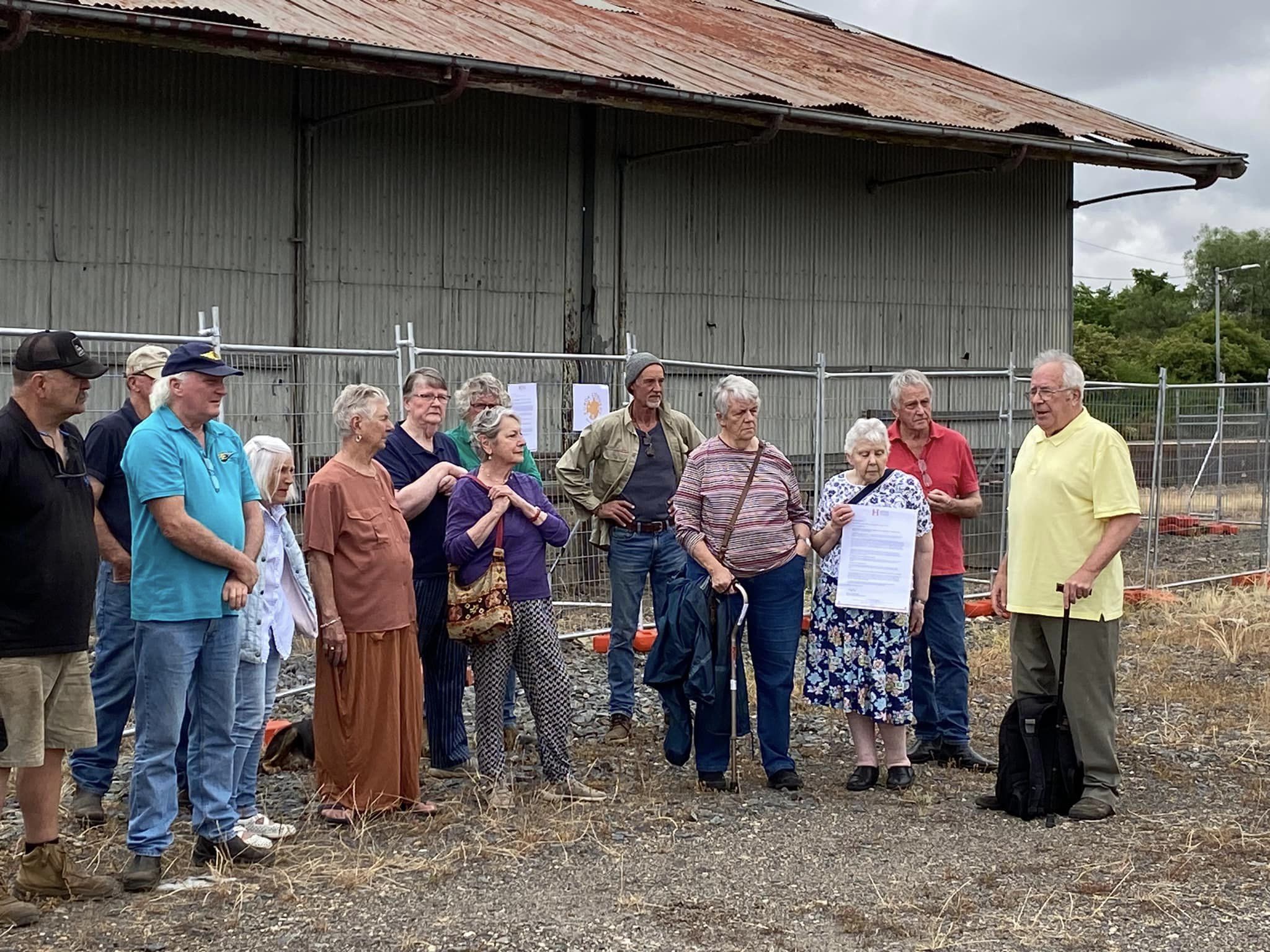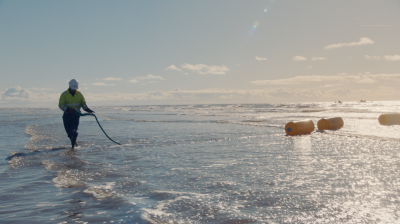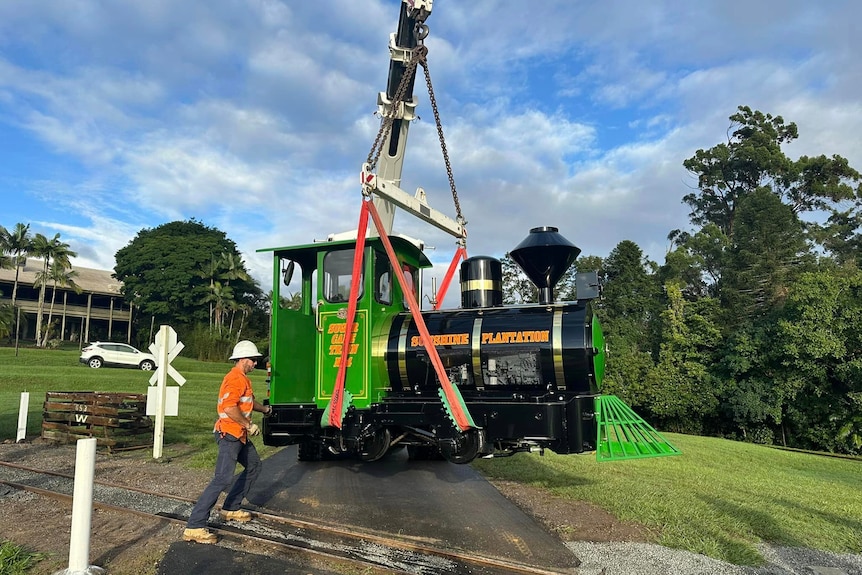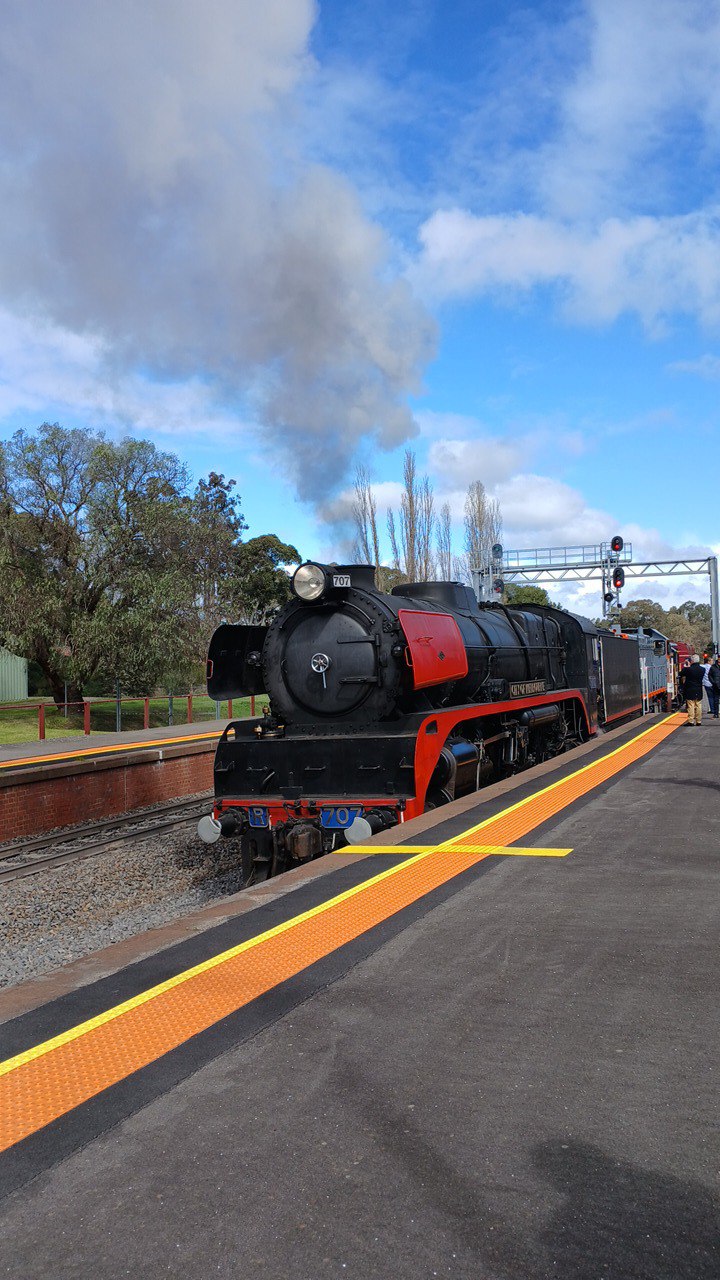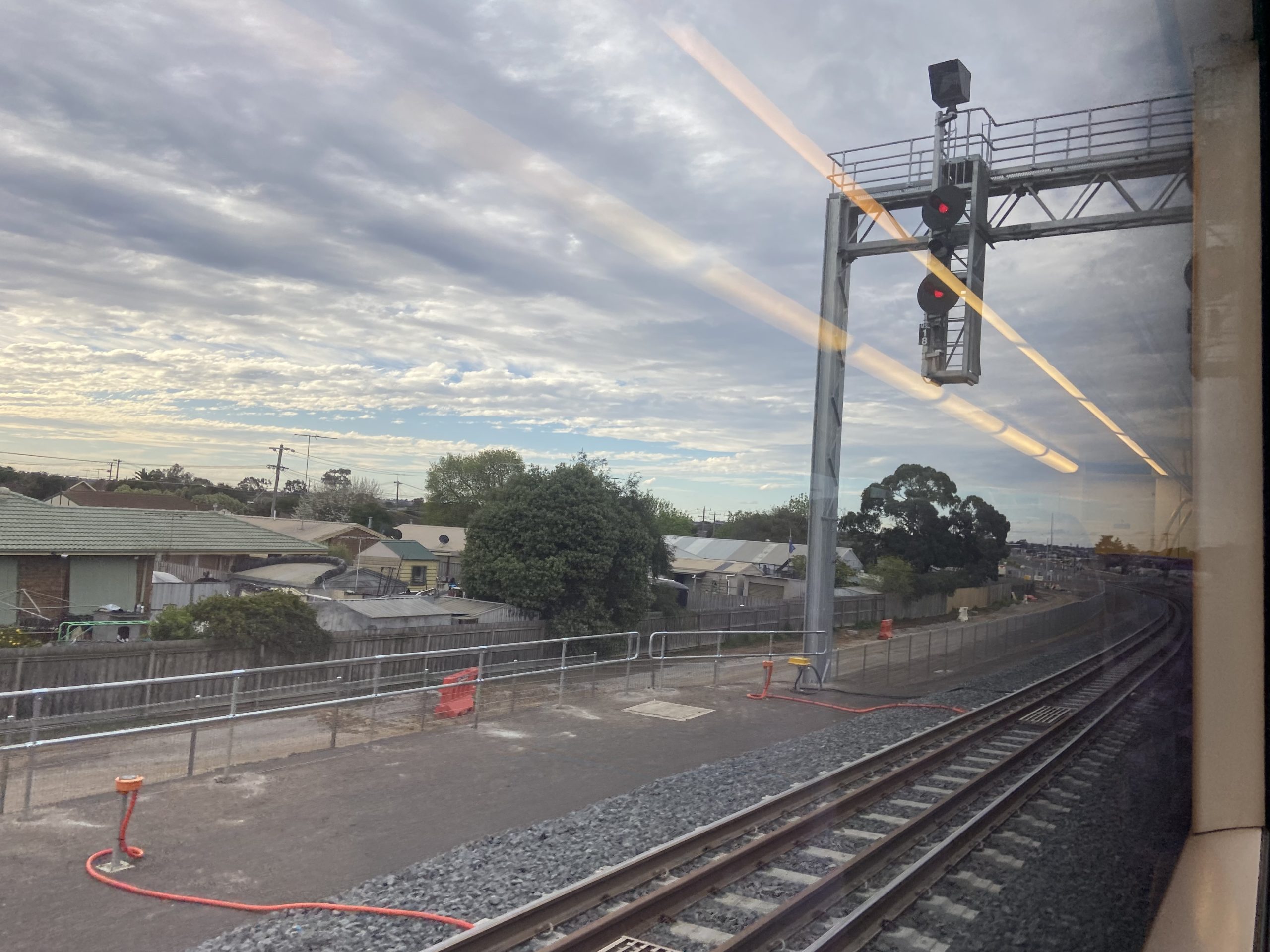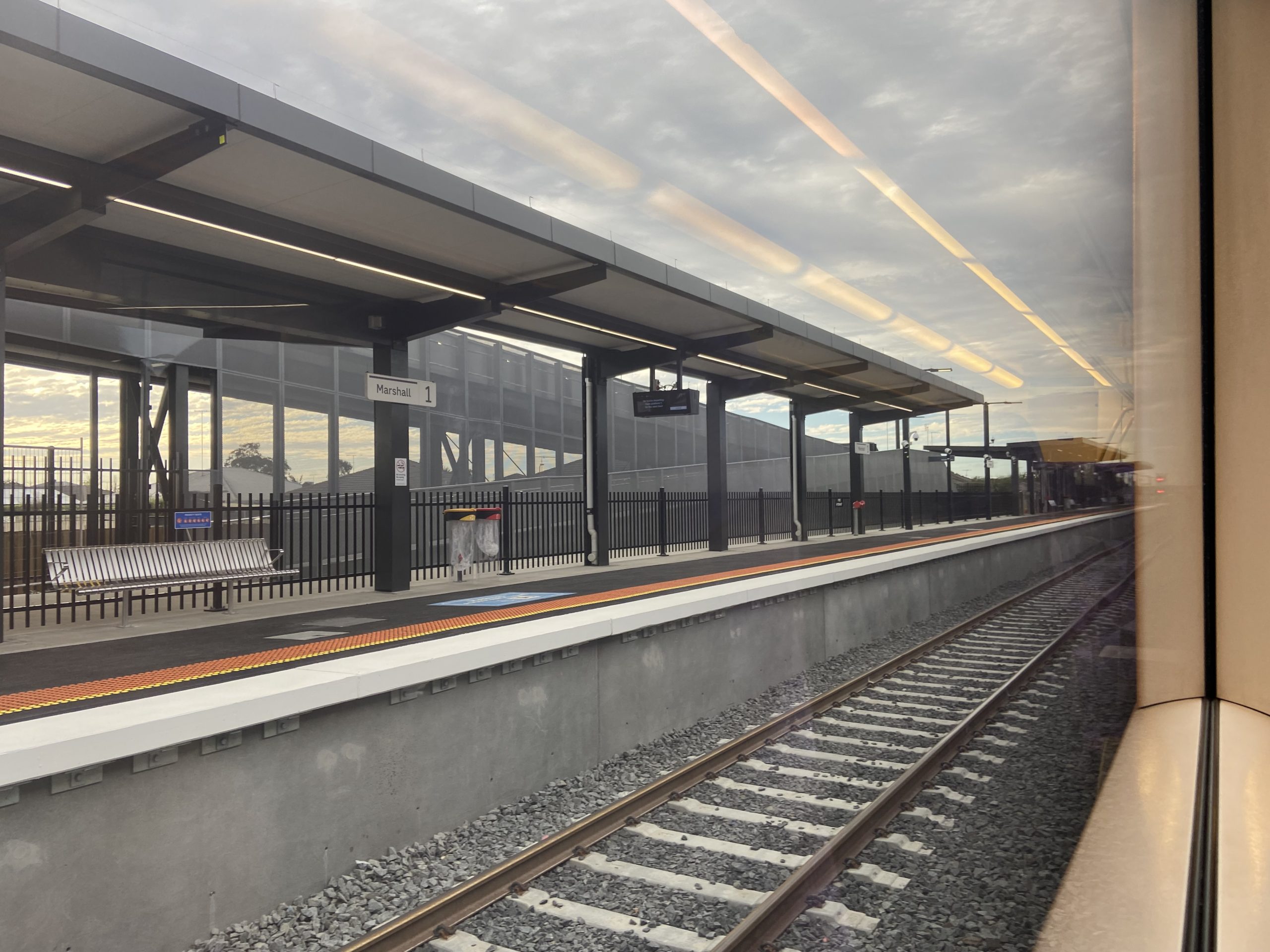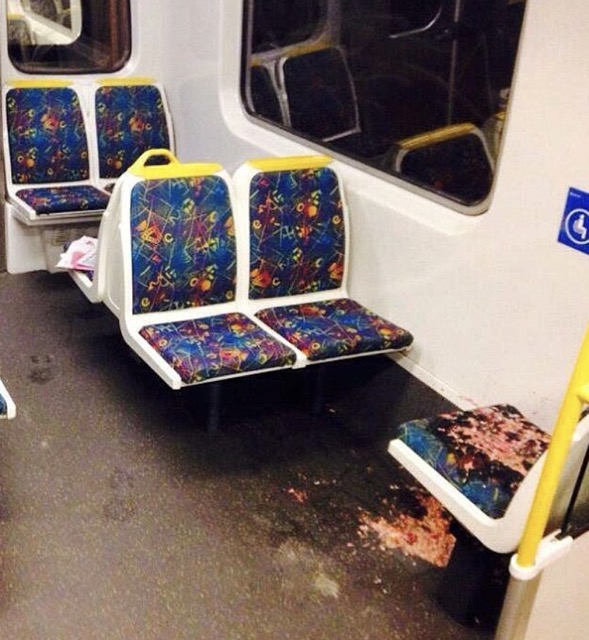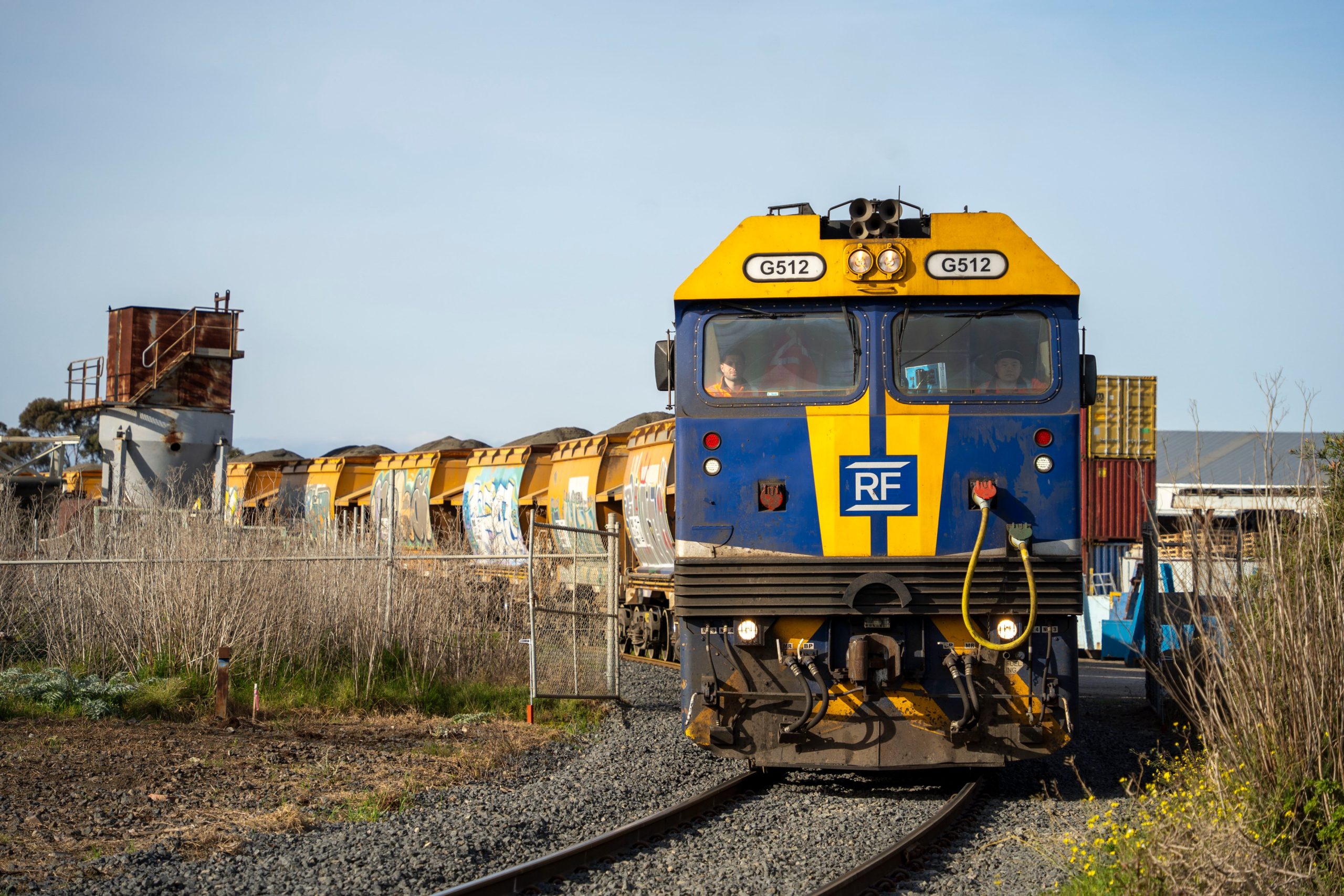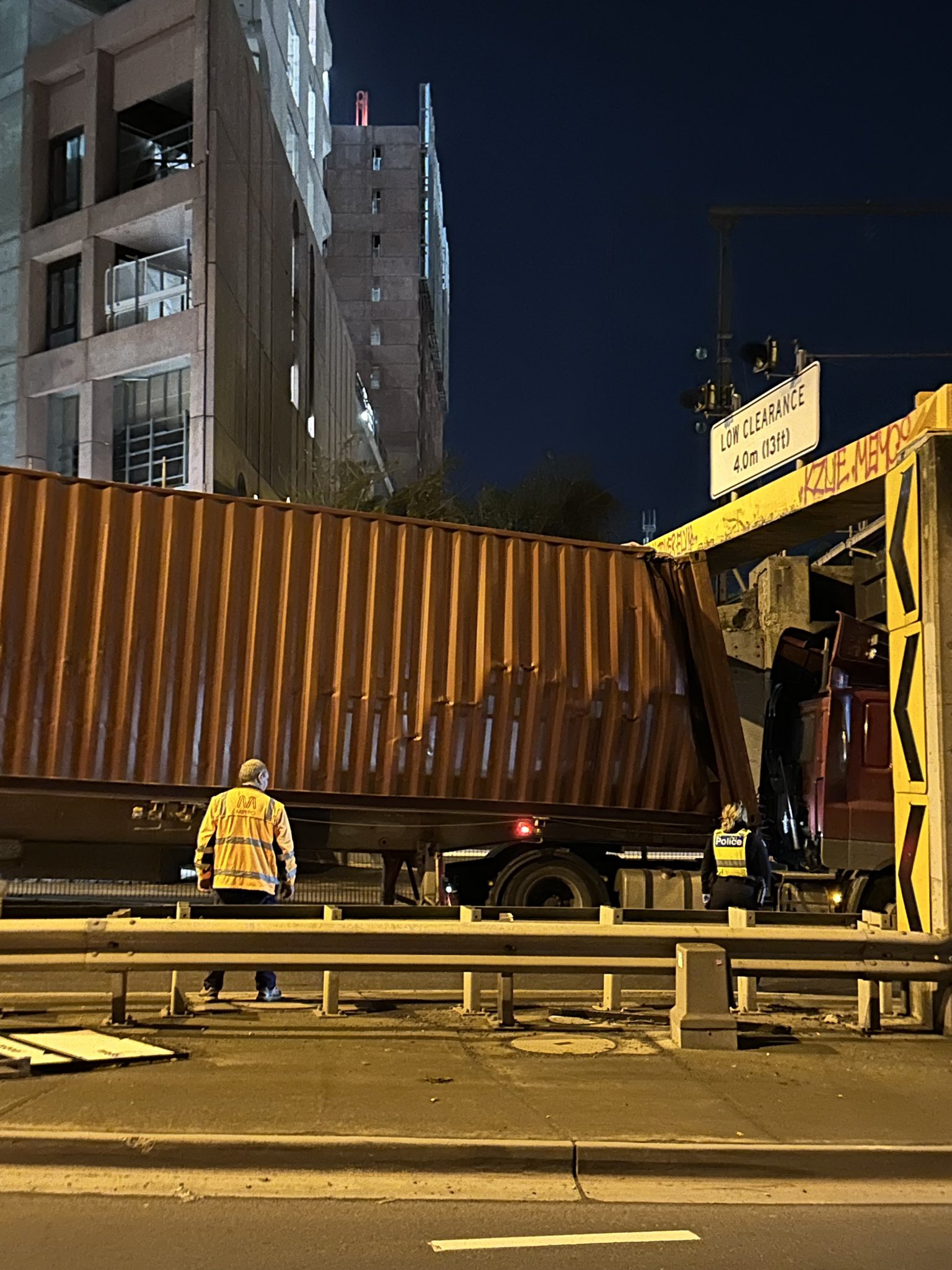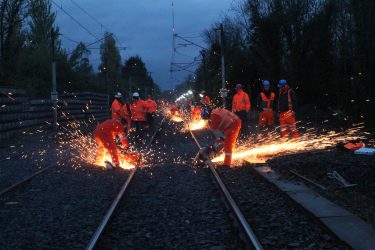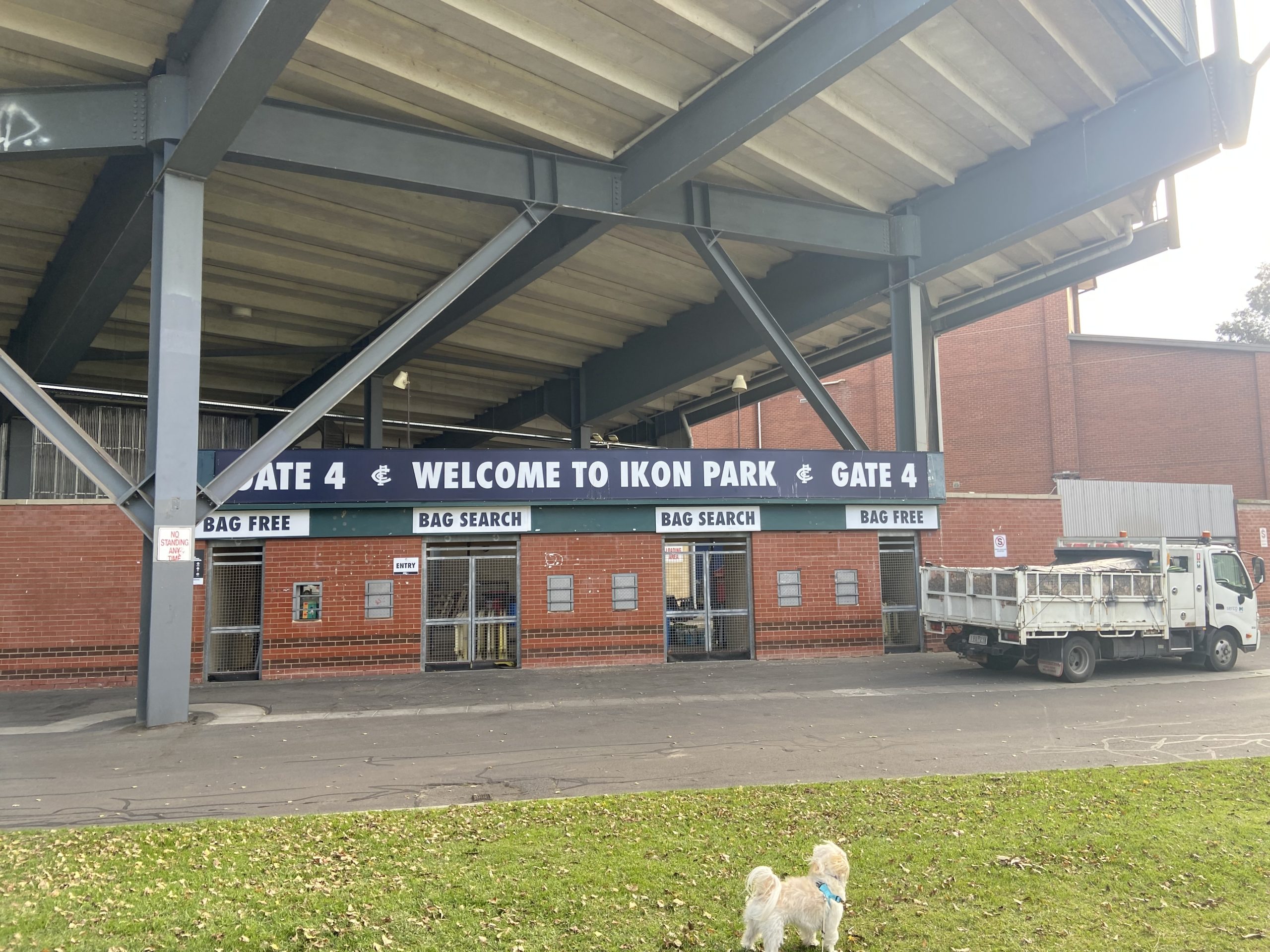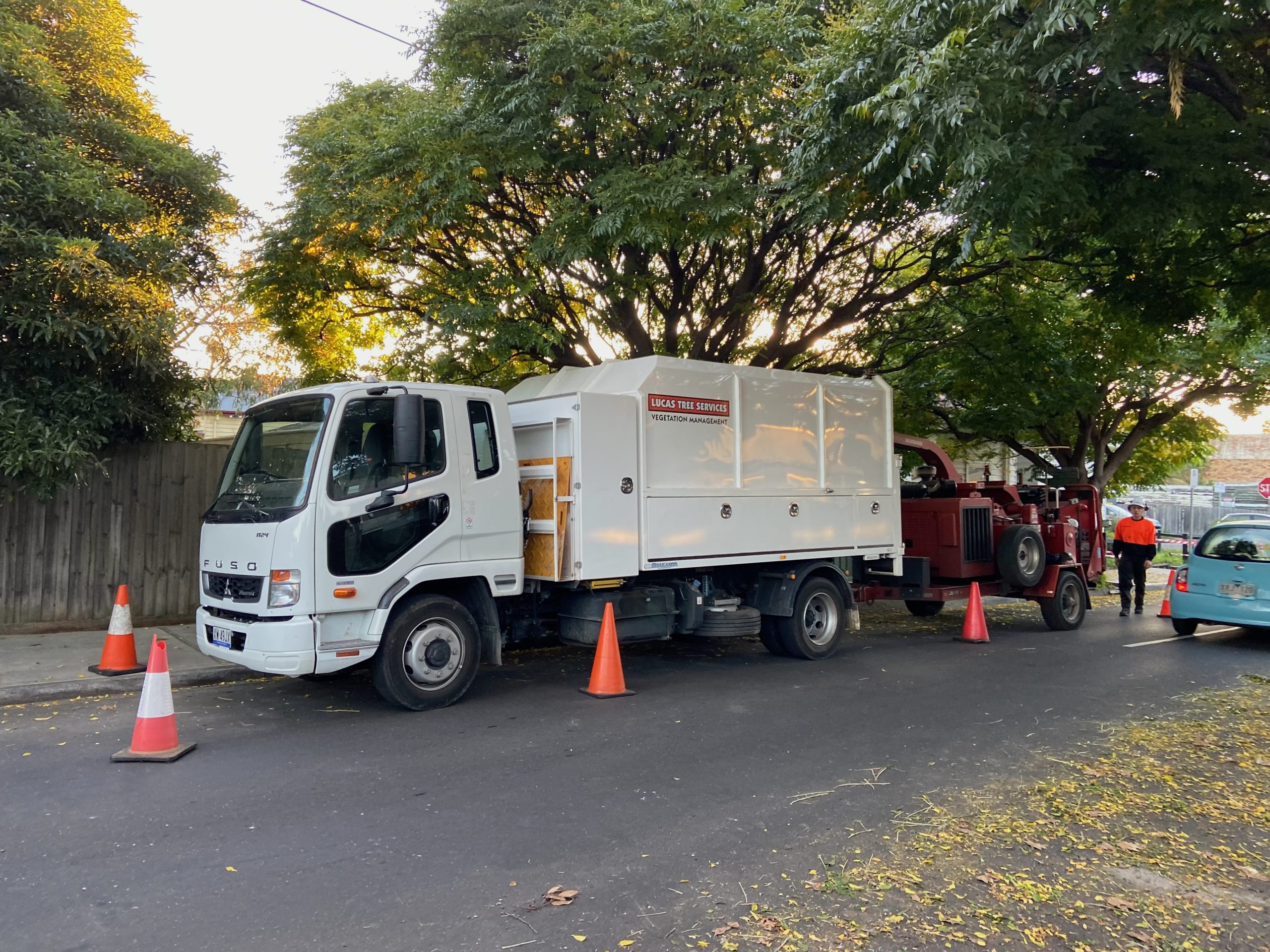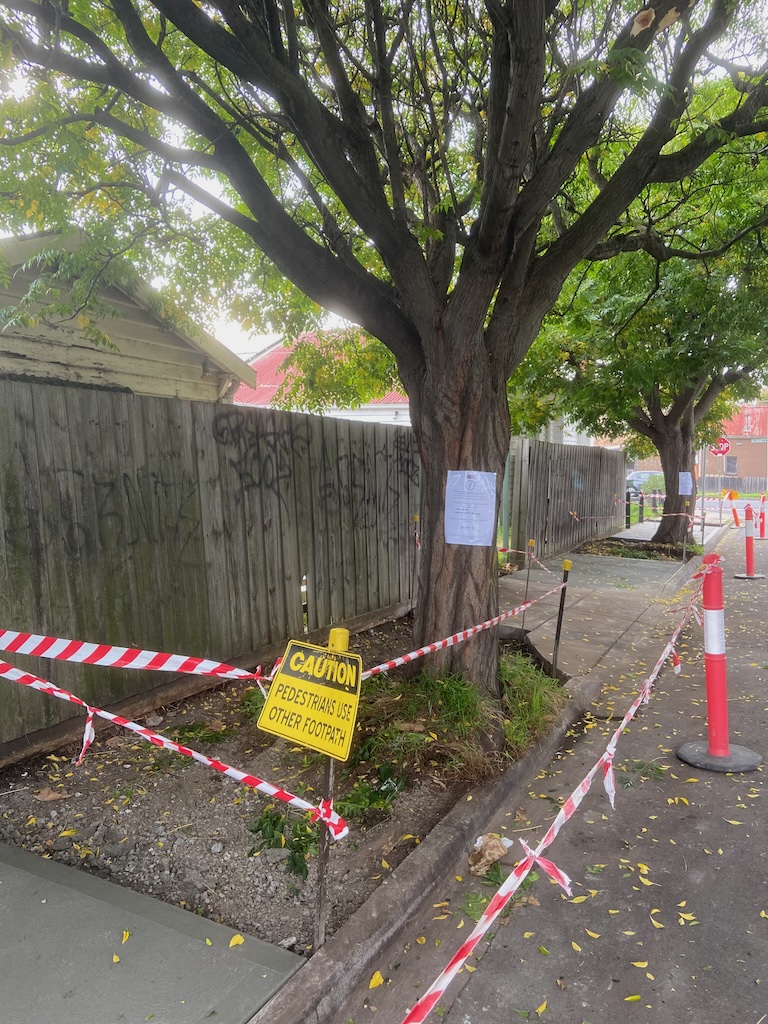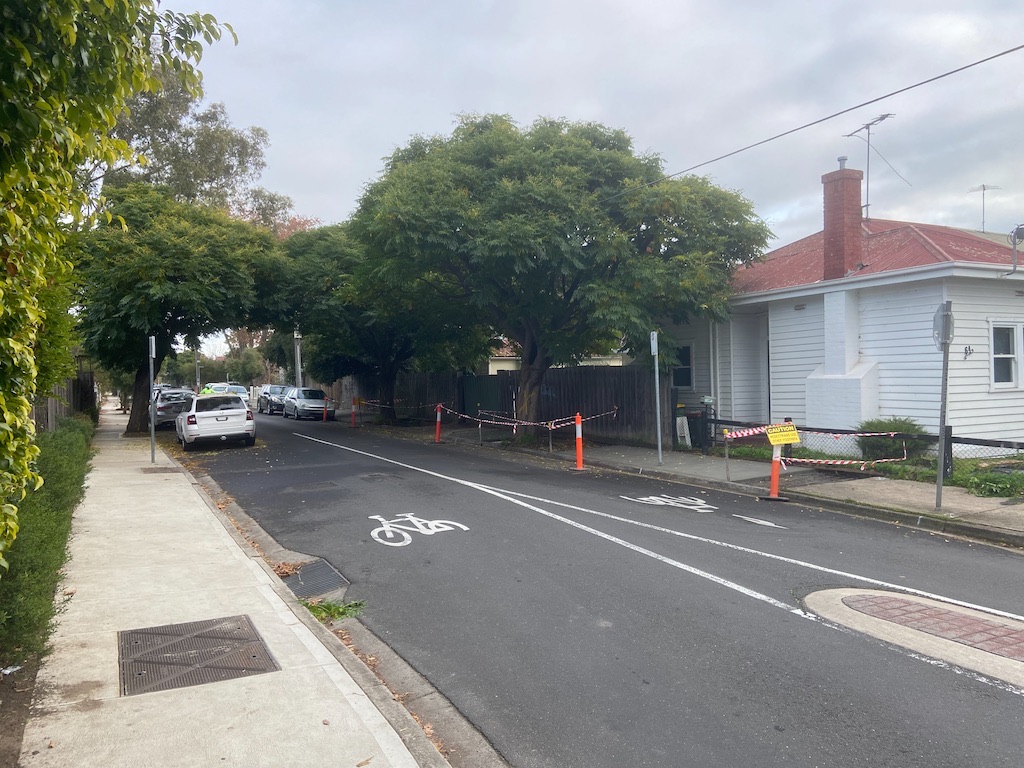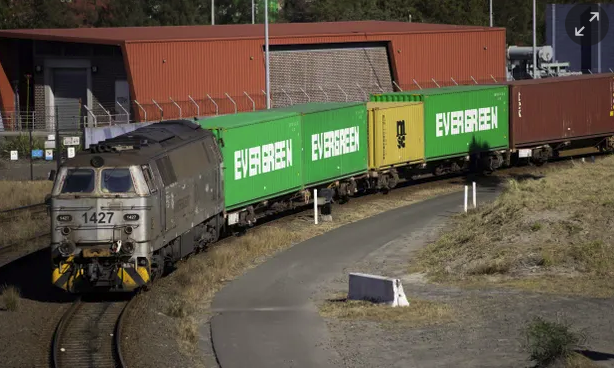Elizabeth line dominates Great Britain’s top 10 stations
21 November 2024

The impact of the Elizabeth line continues to drive massive increases in station usage, with the latest stats being the first to show a whole year’s worth of data. After entering the top 10 for the first time in the previous year, Tottenham Court Road leaps four places, gaining just under 30 million entries and exits to take third place from London Waterloo. London St Pancras drops out of the top 10, while Bond Street is a new entry, going from 19th most used last year, to ninth this year. London Paddington retains second place by adding an additional six million entries and exits.
The busiest stations in England outside of London were Birmingham New Street (33.3m), Manchester Piccadilly (25.8m) and Leeds (24.9m).
The busiest stations in Scotland were Glasgow Central (25.0m), Edinburgh Waverley (21.3m) and Glasgow Queen Street (14.5m)
The busiest stations in Wales were Cardiff Central (11.5m), Newport (2.7m), and Swansea (2.2m).
The top 10 most used stations in Great Britain
| Rank | Station | Entries and Exits | Rank last year |
|---|---|---|---|
| 1 | London Liverpool Street | 94.5m | 1 |
| 2 | London Paddington | 66.9m | 2 |
| 3 | Tottenham Court Road | 64.2m | 7 |
| 4 | London Waterloo | 62.5m | 3 |
| 5 | Stratford (London) | 56.6m | 6 |
| 6 | London Victoria | 50.8m | 5 |
| 7 | London Bridge | 50.0m | 4 |
| 8 | Farringdon | 46.0m | 9 |
| 9 | Bond Street | 38.3m | 19 |
| 10 | London Euston | 36.2m | 10 |
The top 10 most used stations in Great Britain outside London
| Rank | Station | Entries and Exits | Rank last year |
|---|---|---|---|
| 1 | Birmingham New Street | 33.3m | 1 |
| 2 | Manchester Piccadilly | 25.8m | 3 |
| 3 | Glasgow Central | 25.0m | 4 |
| 4 | Leeds | 24.9m | 2 |
| 5 | Edinburgh Waverley | 21.3m | 5 |
| 6 | Gatwick Airport | 19.5m | 6 |
| 7 | Brighton | 14.5m | 7 |
| 8 | Glasgow Queen Street | 14.5m | 9 |
| 9 | Reading | 13.5m | 8 |
| 10 | Liverpool Central | 12.6m | 10 |
Denton in Greater Manchester, with just two services per week, is the least used station in Great Britain (and England), recording 54 entries and exits in the latest year, up from 34 entries and exits. In Wales, the least used station was Roman Bridge with 680 entries and exits, taking the title from Sugar Loaf station. Scotland’s least used station was Kildonan, with 240 entries and exits, beating out Scotscalder (with 242 entries and exits), the least used last year.
Two stations – Stanlow and Thornton, and Teesside Airport – recorded zero entries and exits this year, but both had services suspended for the entire year, so they have been excluded from the below rankings.
The top 5 least used stations in Great Britain
| Rank | Station | Entries and Exits | Rank last year |
|---|---|---|---|
| 1 | Denton, Greater Manchester | 54 | 2 |
| 2 | Shippea Hill, Cambridgeshire | 70 | 9 |
| 3 | Ince and Elton, Cheshire | 86 | 8 |
| 4 | Polesworth, Warwickshire | 118 | 13 |
| 5 | Reddish South, Greater Manchester | 128 | 5 |
Feras Alshaker, Director, Planning and Performance at the Office of Rail and Road, said:
Notes to Editors
- Estimates of station usage April 2023 to March 2024
- Station usage FAQs
- Latest station usage data tables and interactive dashboard
- The Estimates of station usage report says 2,585 stations were served by mainline rail services as of 31 March 2024, including seven new stations which opened during the year. A total of 1,610 million passenger journeys were made during the latest reporting period, an increase of 16% from the 1,380 million journeys made in the previous year (April 2022 to March 2023).
- Estimates of station usage are derived from LENNON, the rail industry’s ticketing and revenue system, together with some local ticketing data. A number of adjustments are made to the source data to make the estimates as accurate as possible.
- April 2023 to March 2024 is the first full year to include Elizabeth line usage. The central section of the Elizabeth line from London Paddington through to Abbey Wood opened to passenger services on 24 May 2022. Bond Street station opened later, on 24 October 2022. Many of the journeys made using the new Elizabeth line infrastructure were previously made using other methods of public transport in London, such as the London Underground or Docklands Light Railway. A recent TfL board paper (Elizabeth Line Passenger Usage Insight – section 6) suggested that around 30% of the Elizabeth line journeys were ‘new’ demand which would not have been made without the existence of the Elizabeth line, or mode shift from non-public transport.
- The Office of Rail and Road is the primary producer of official statistics for rail.

